Hiking the Lycian Way, Turkey - Day 3 - Ölüdeniz Ovacık to Faralya
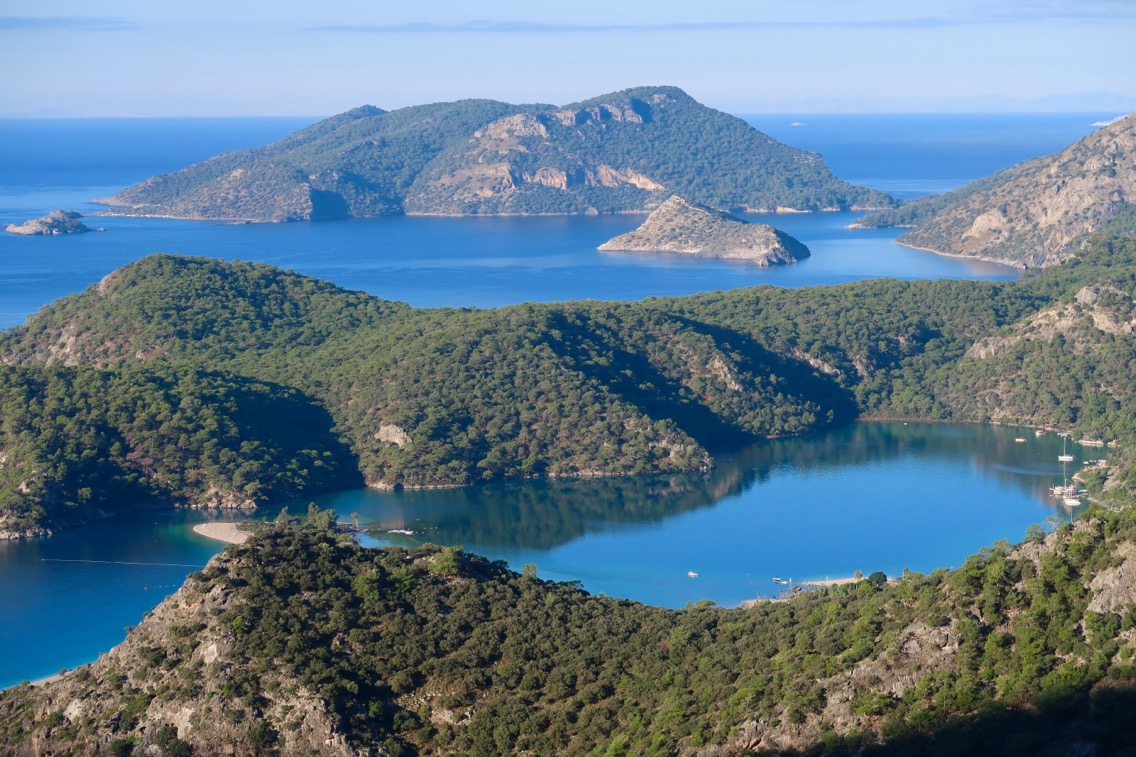
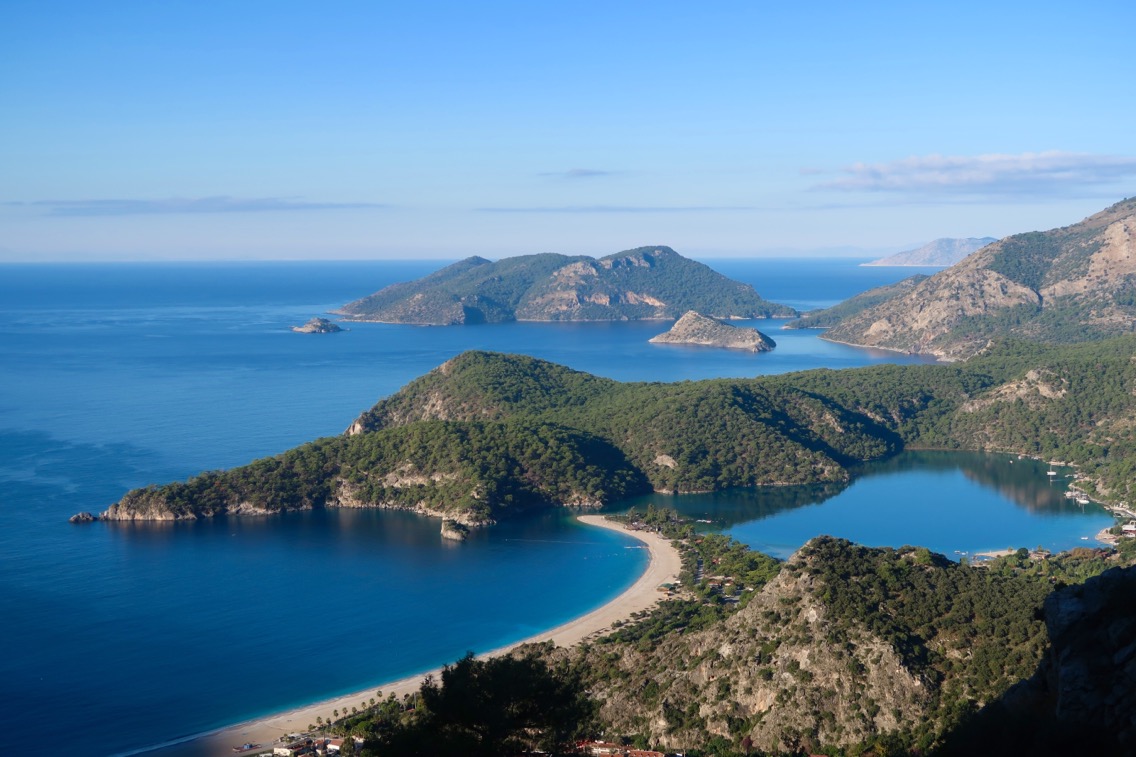
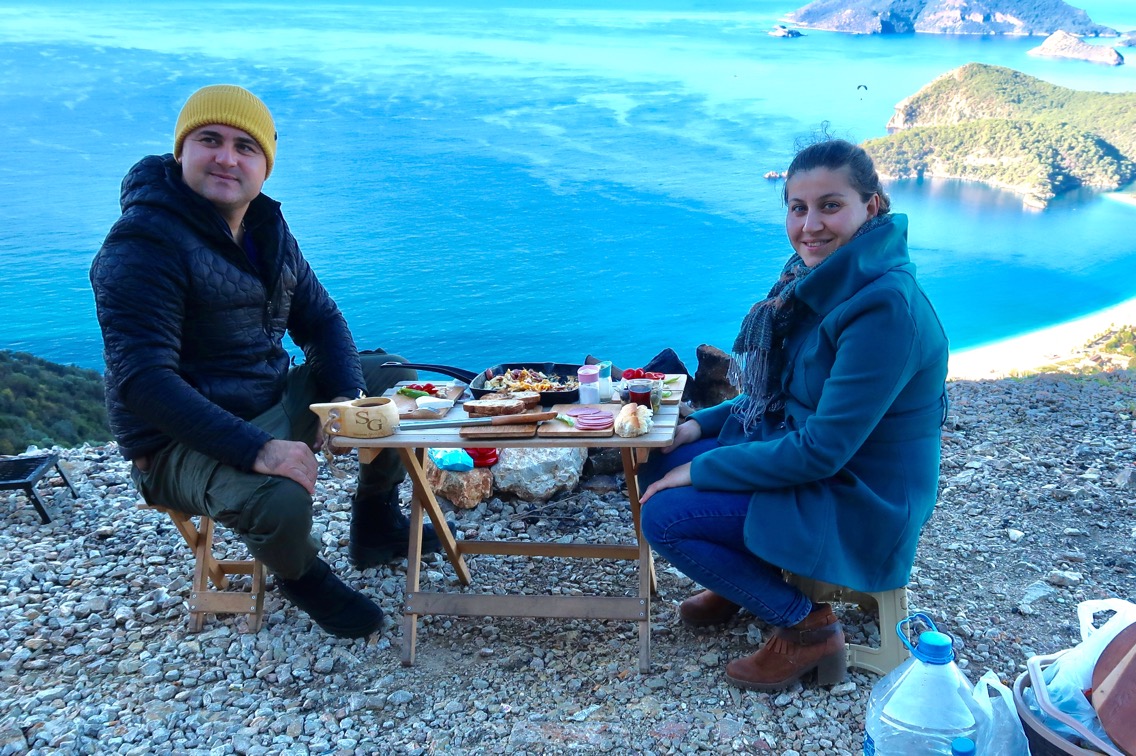
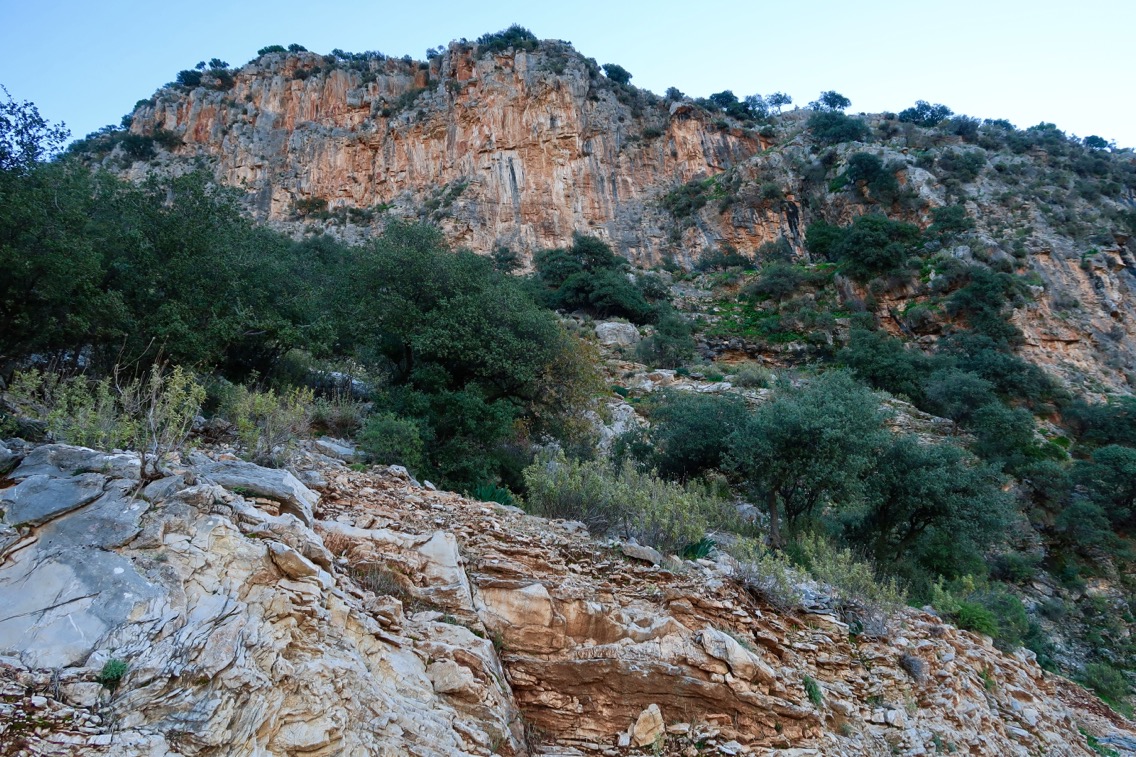
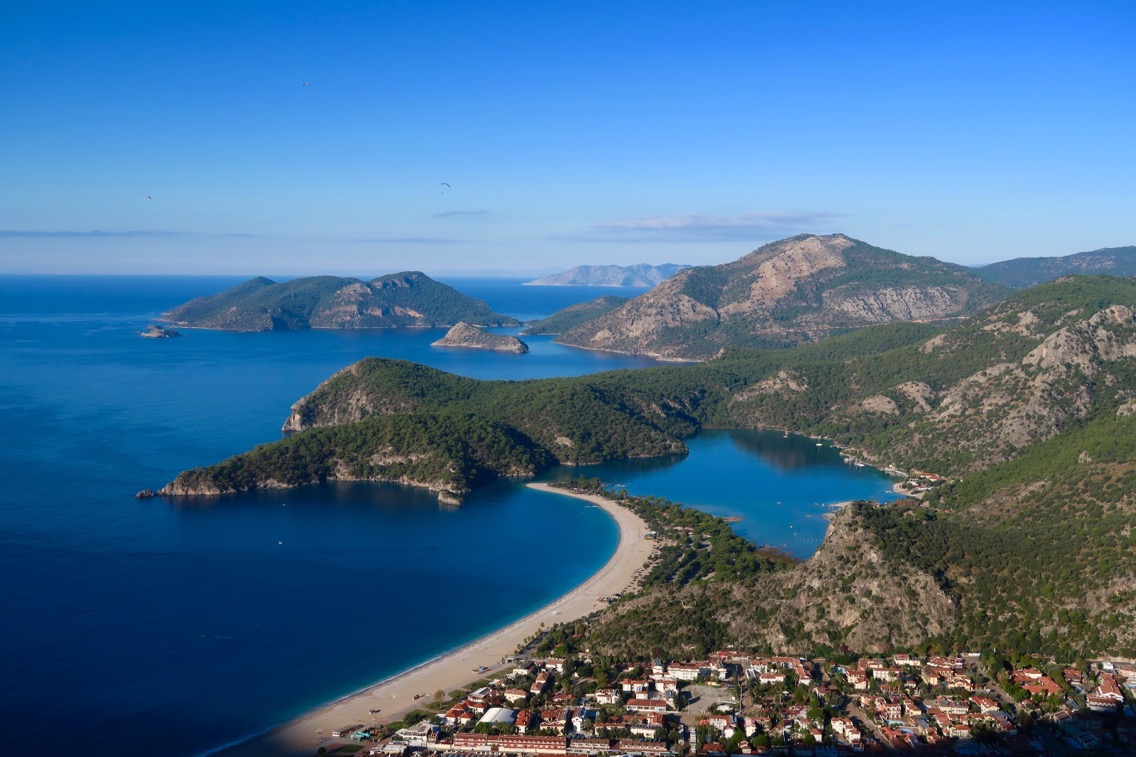
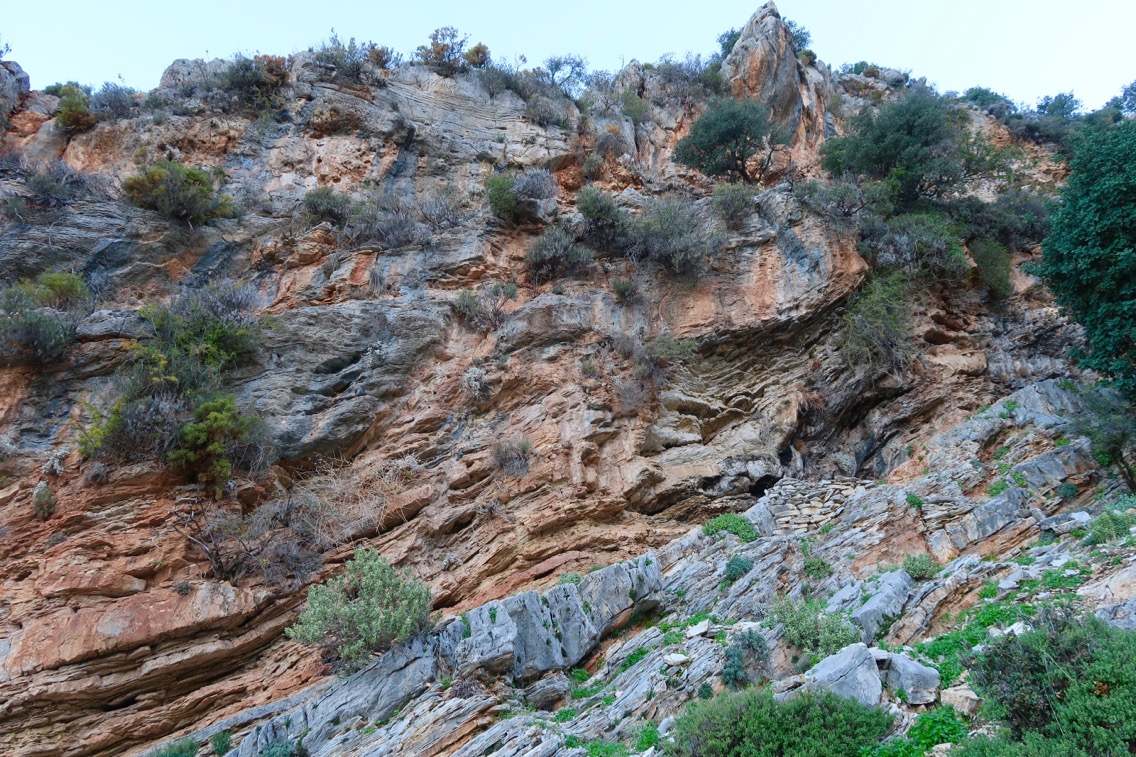
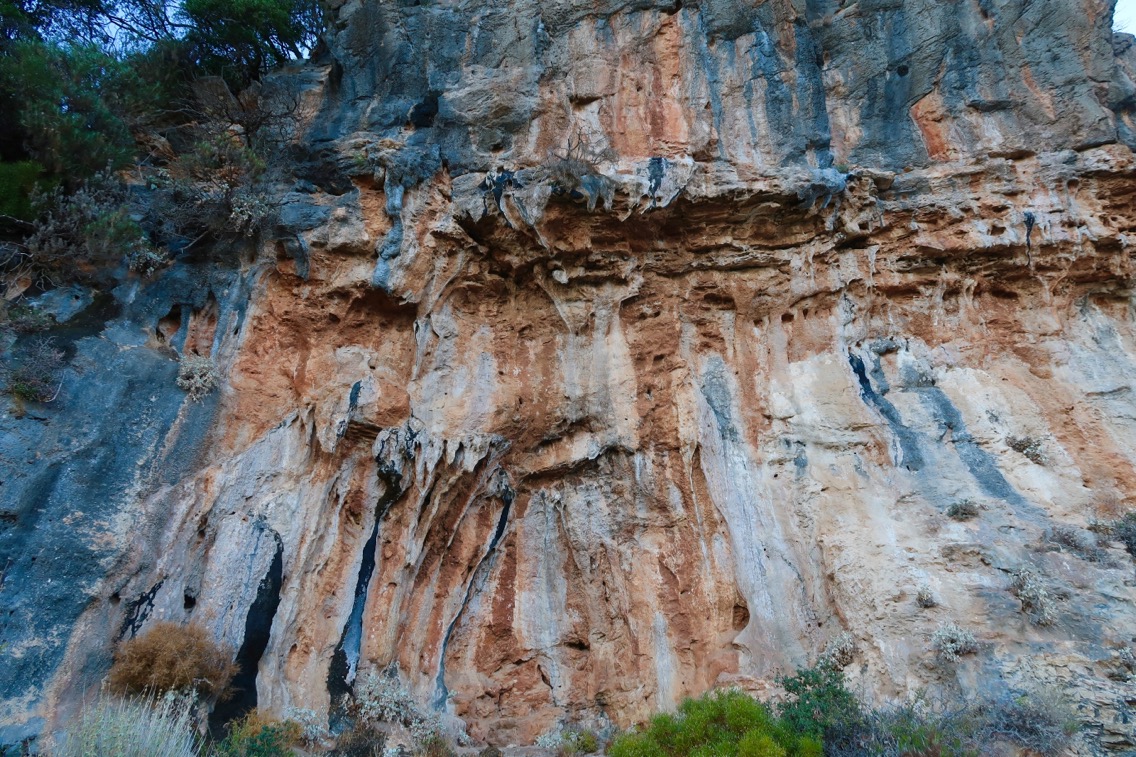
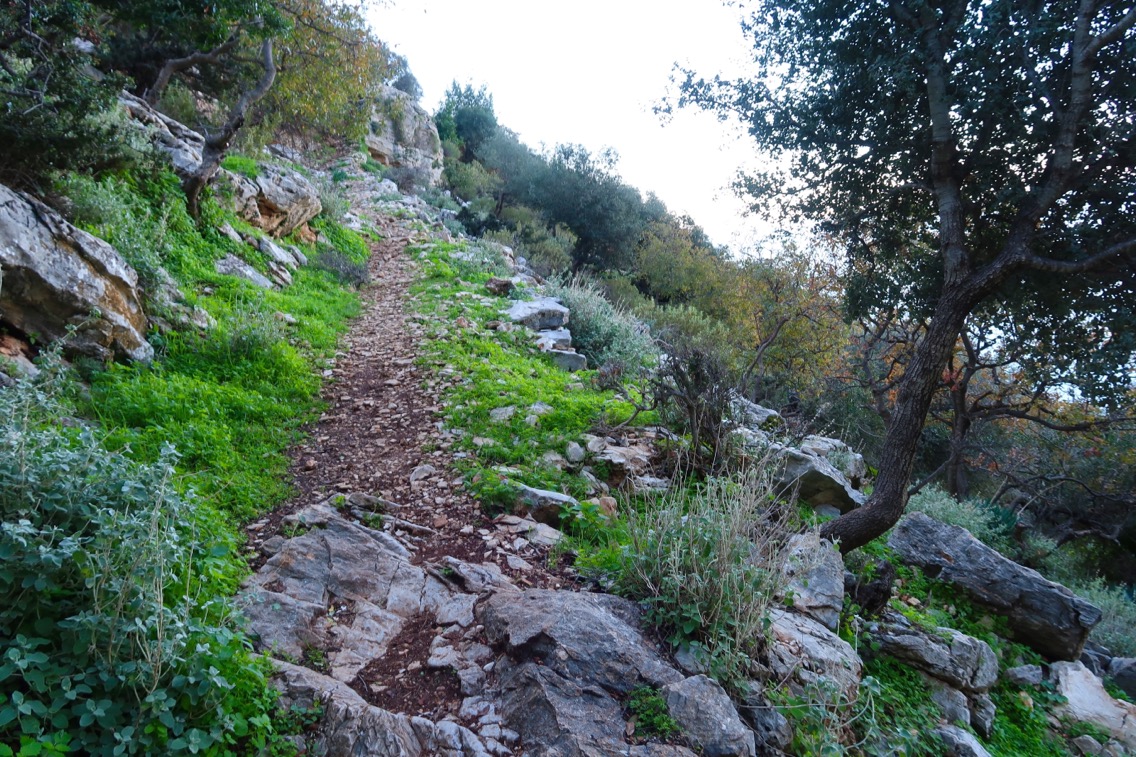
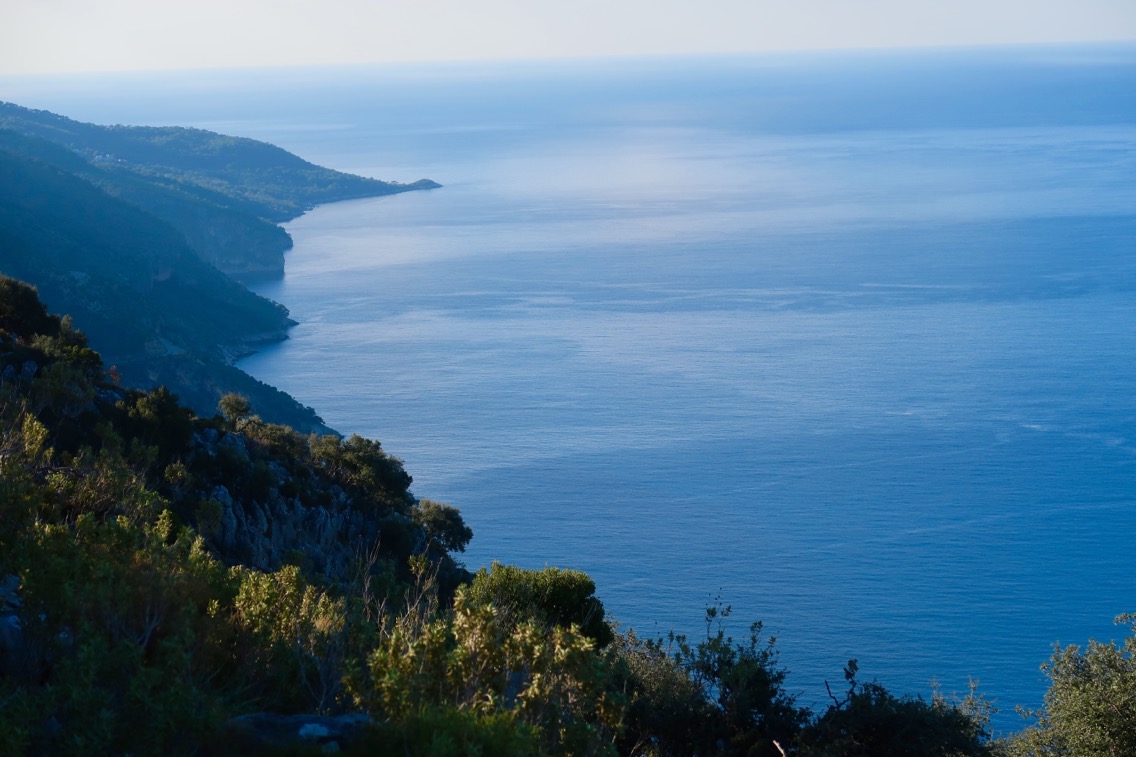

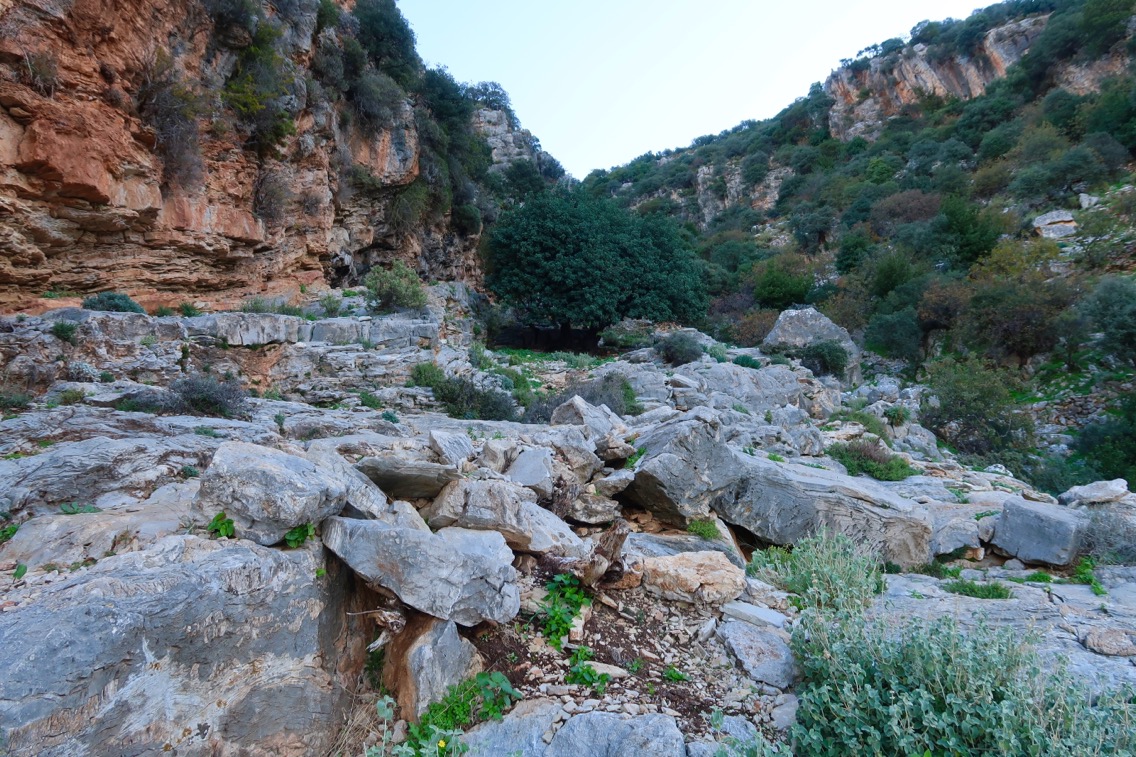
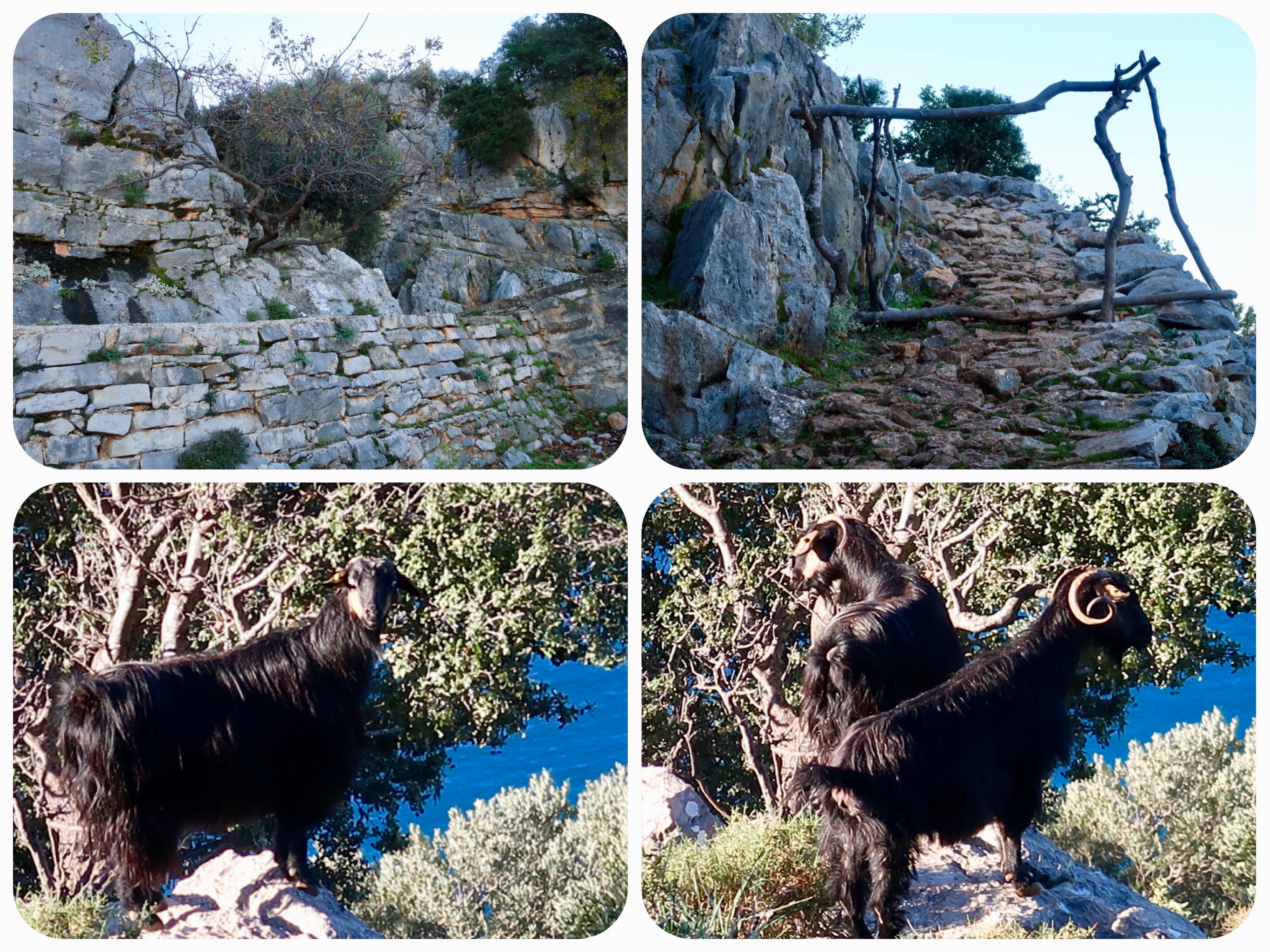
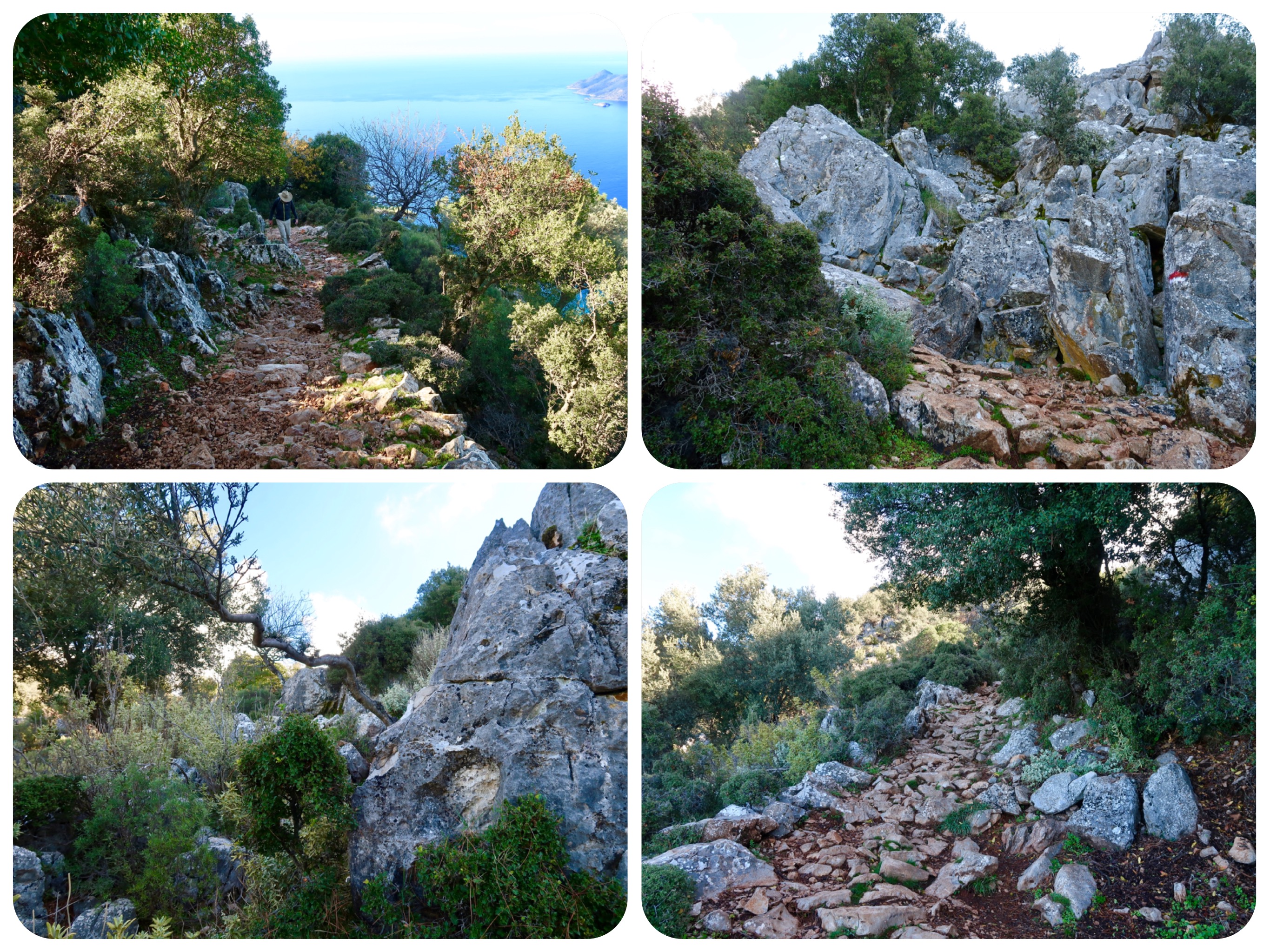
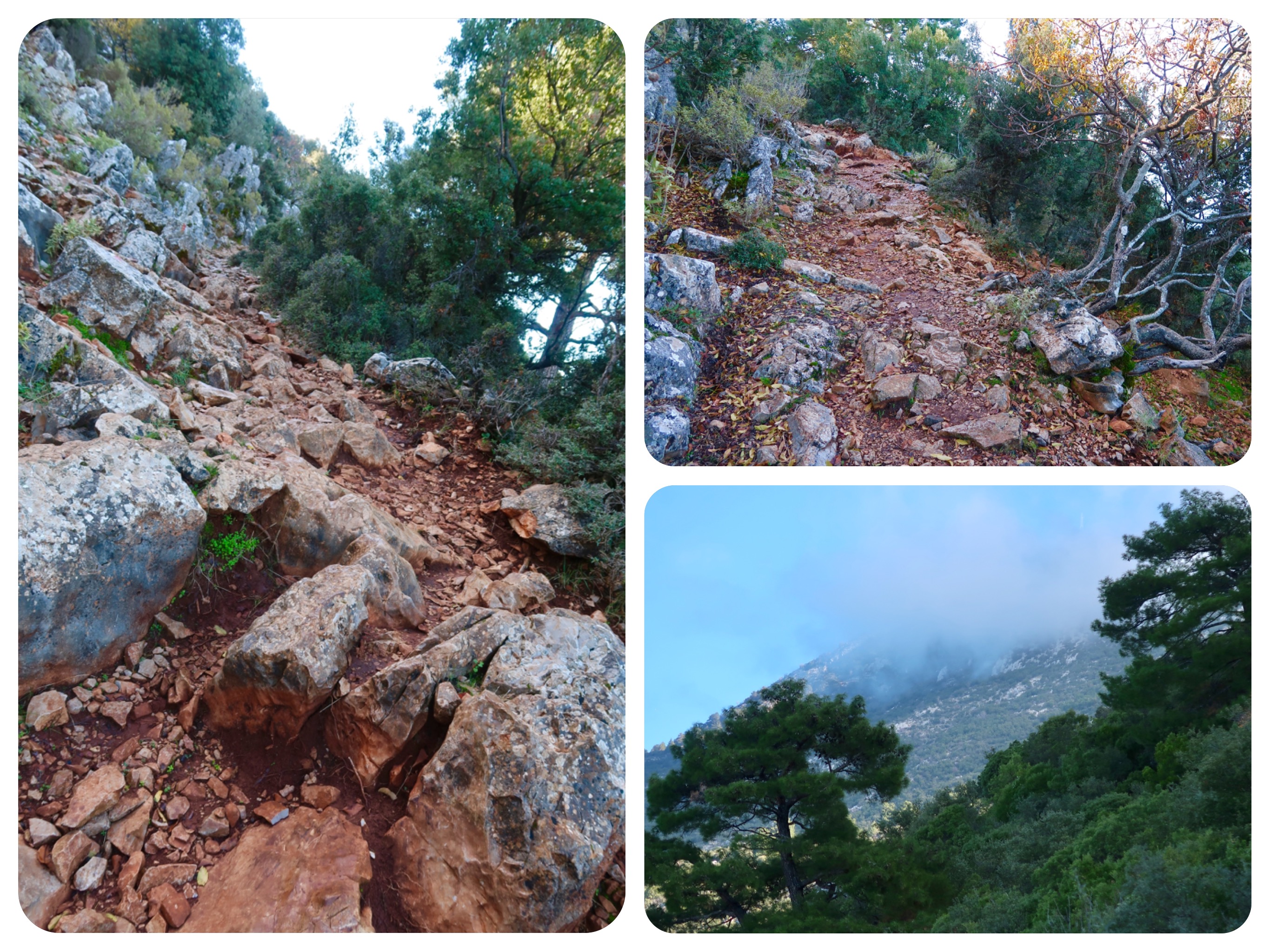
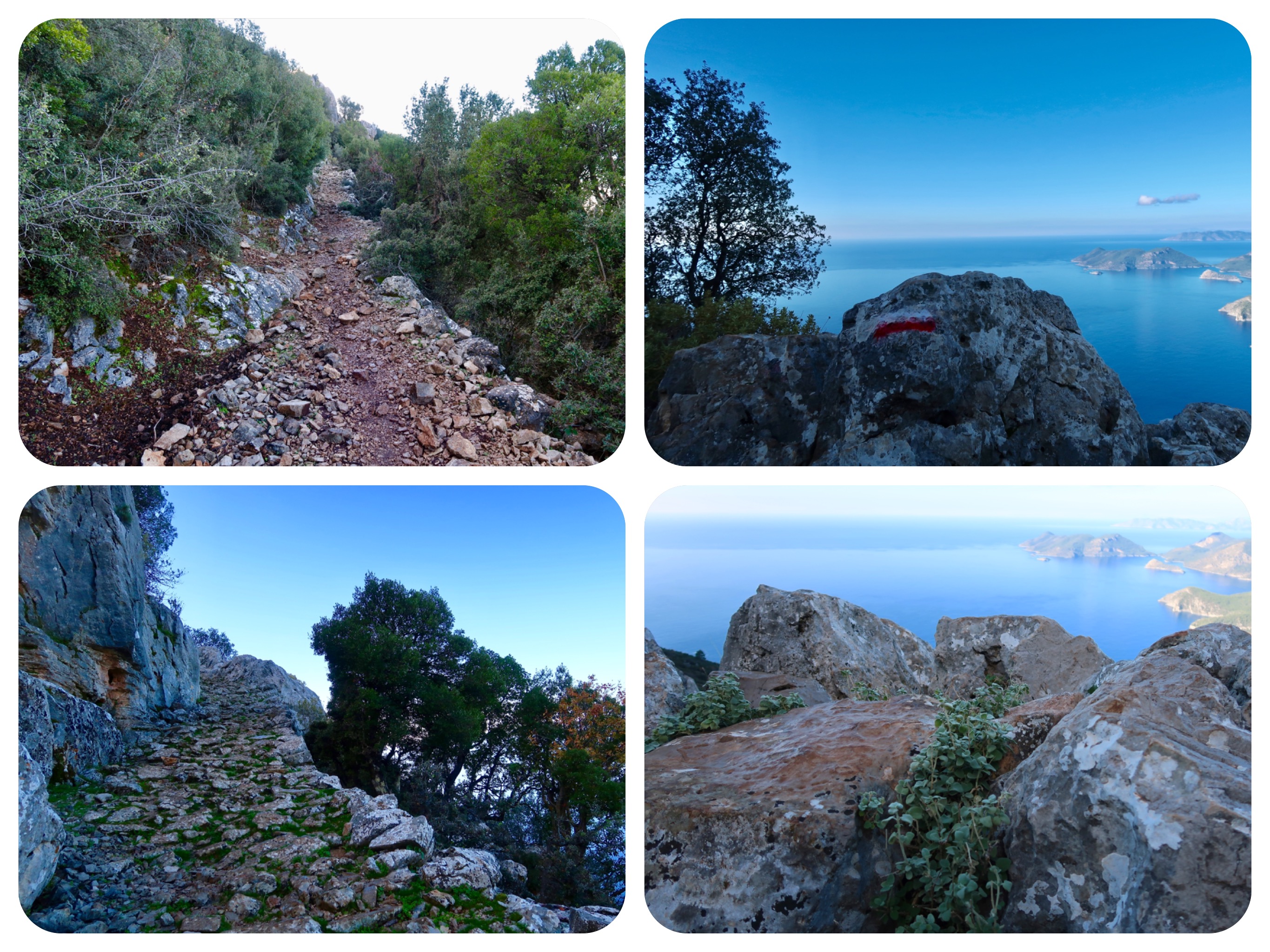
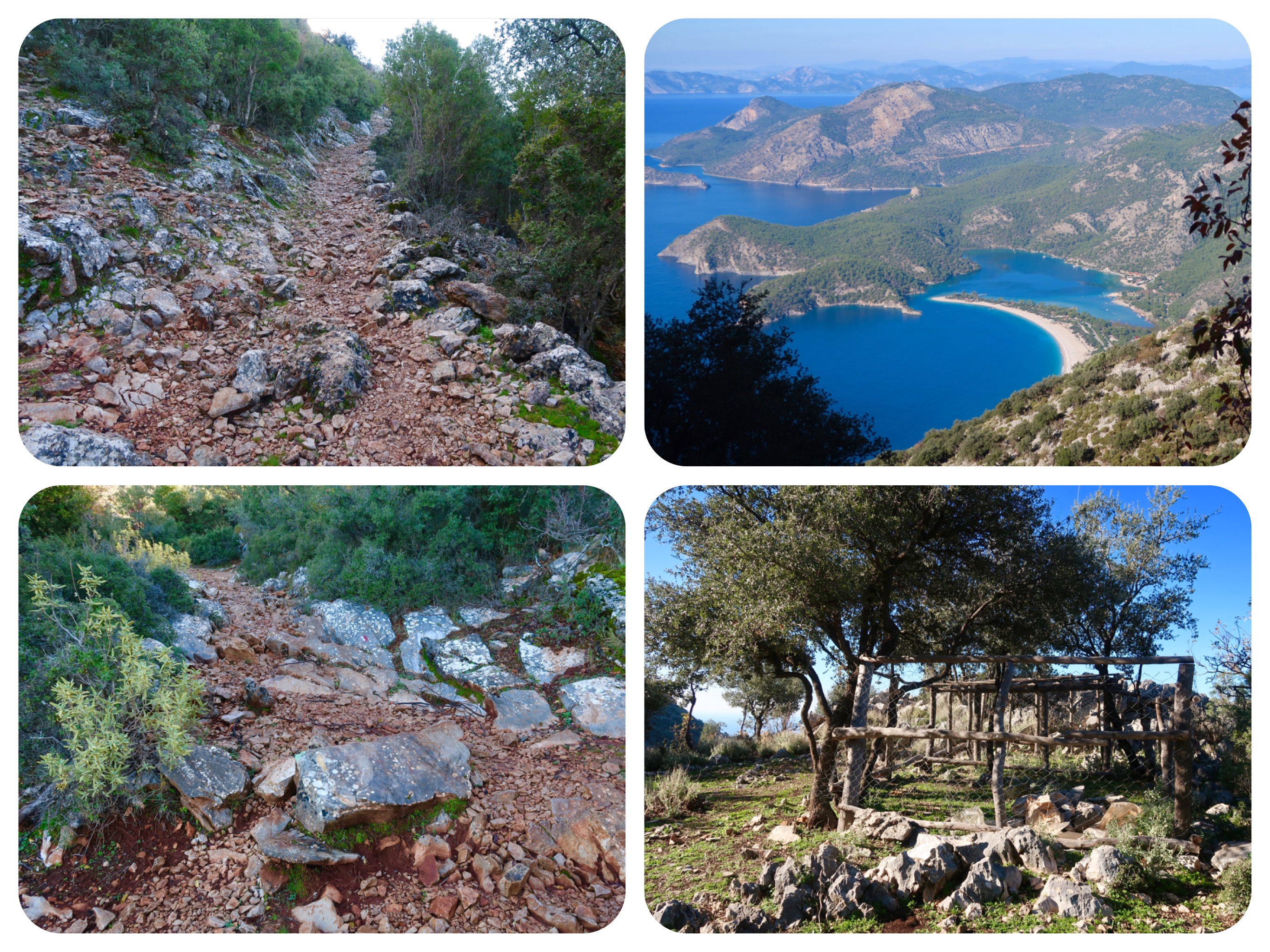
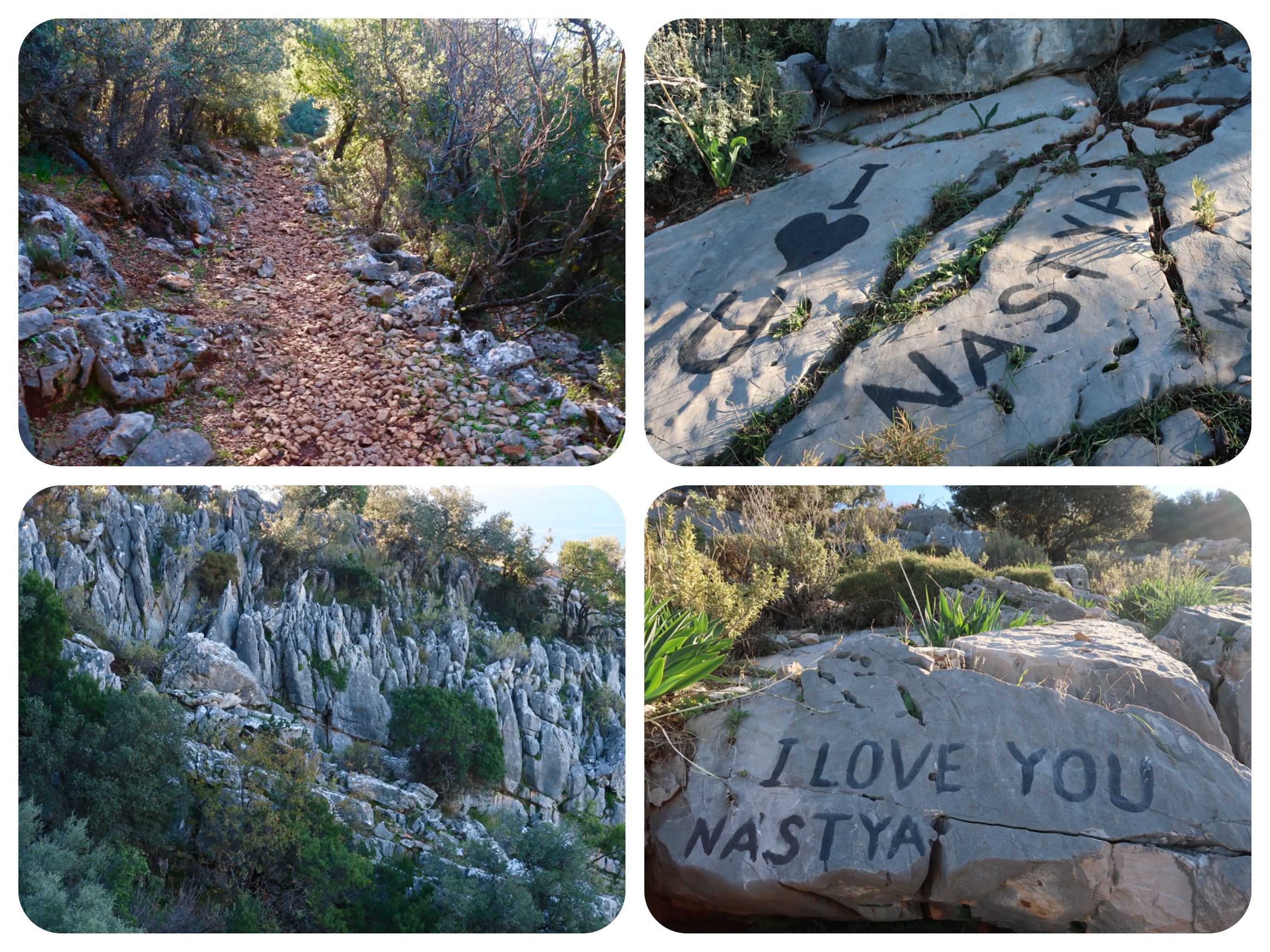

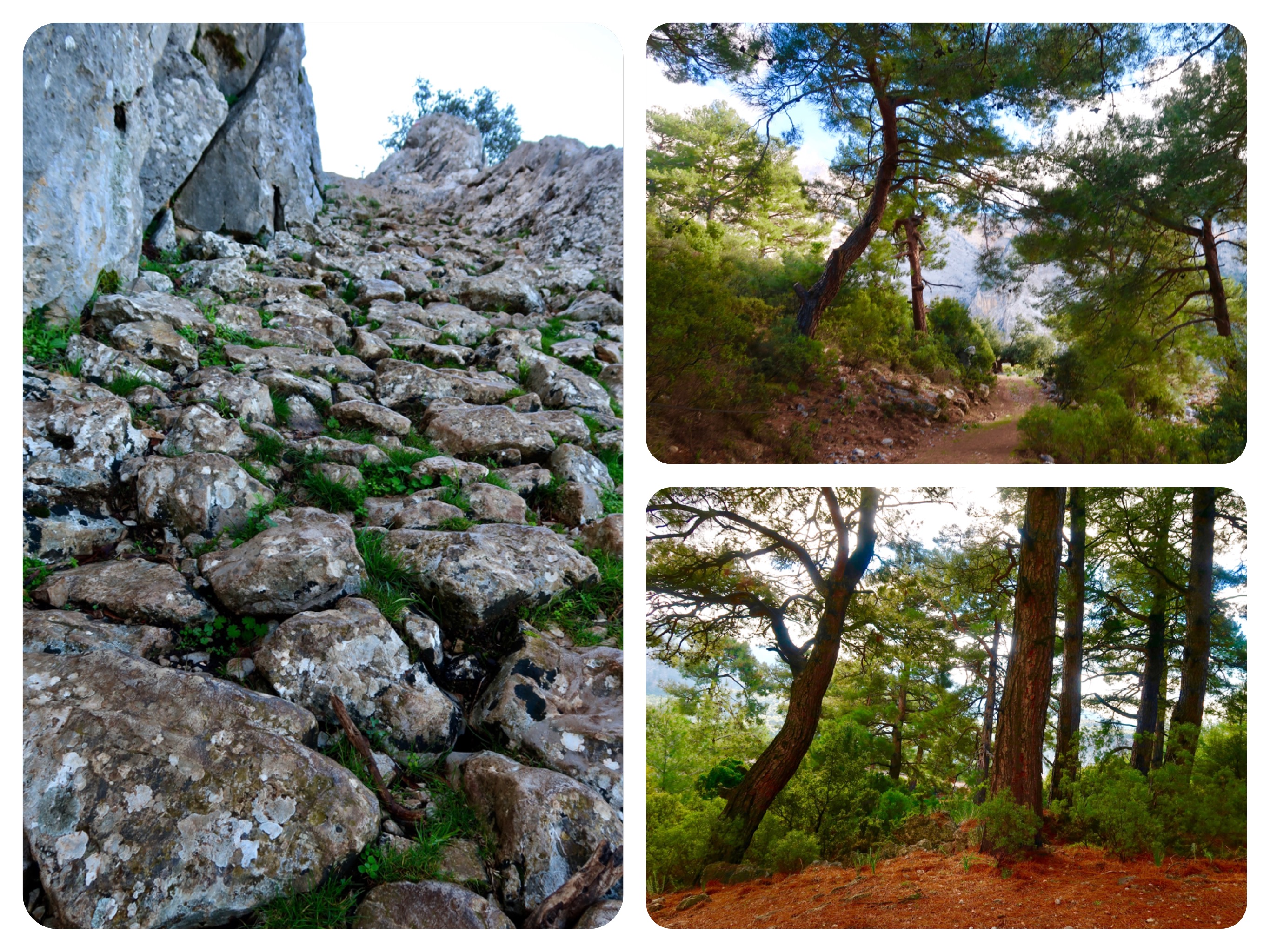
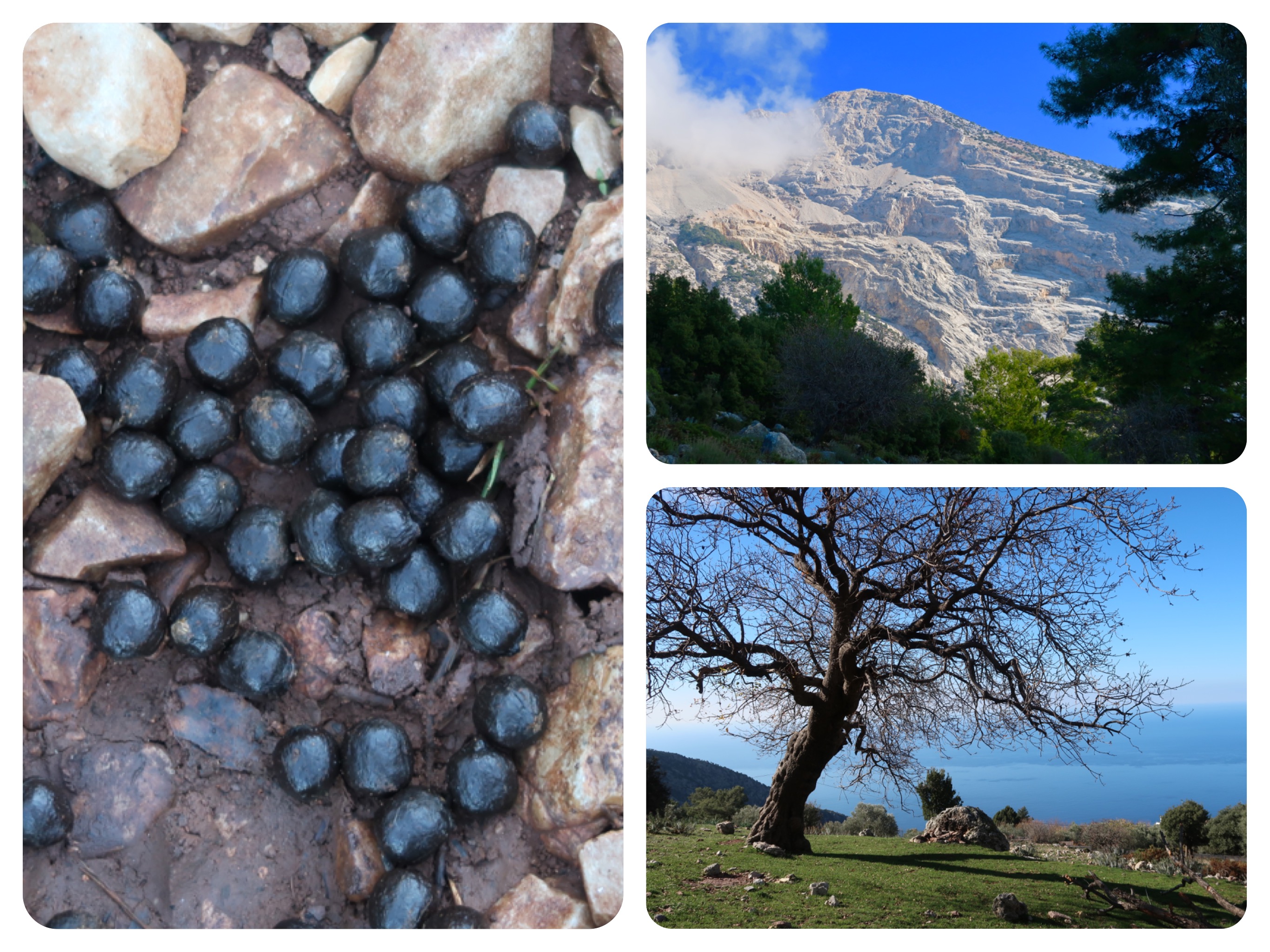
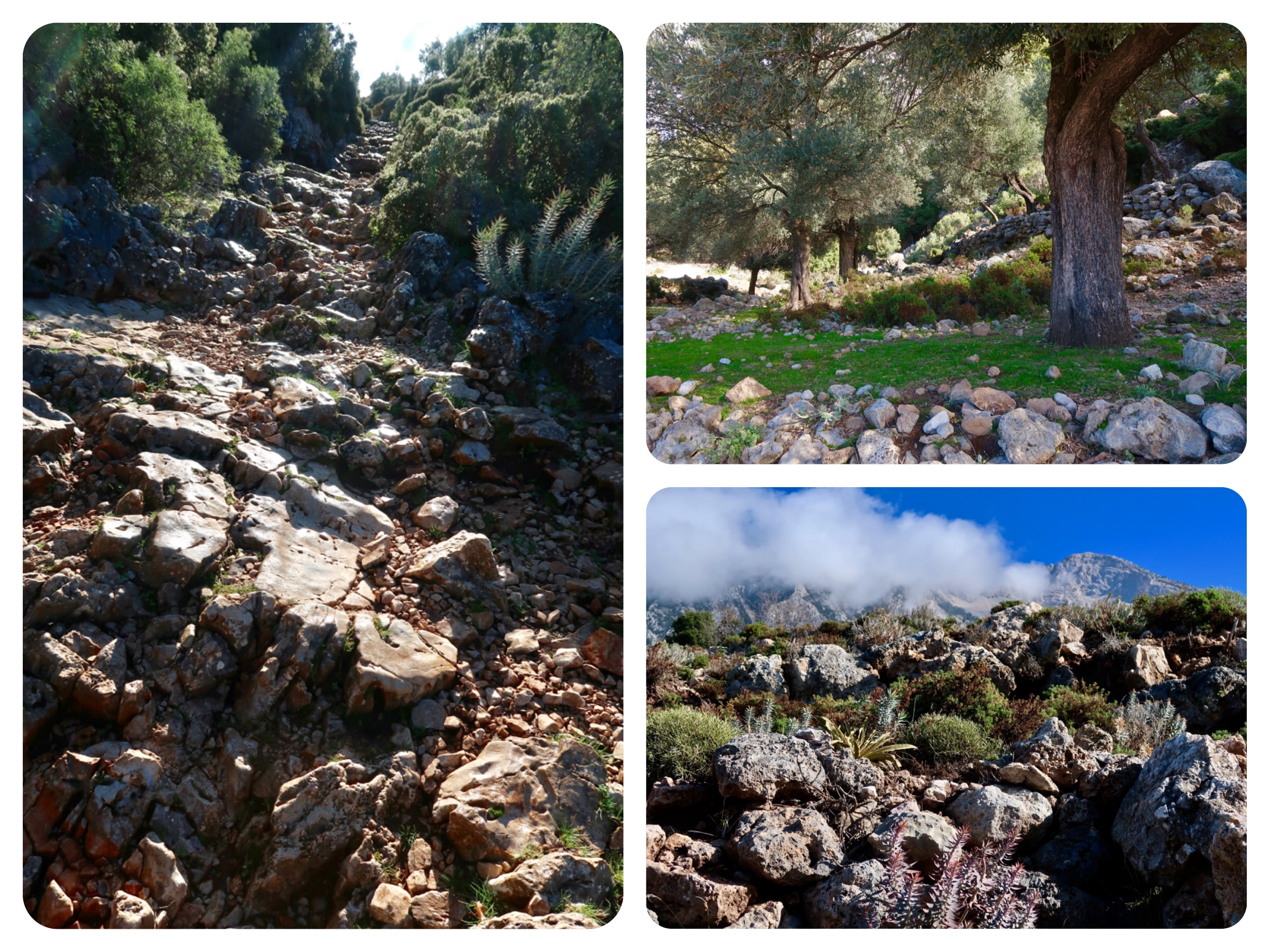
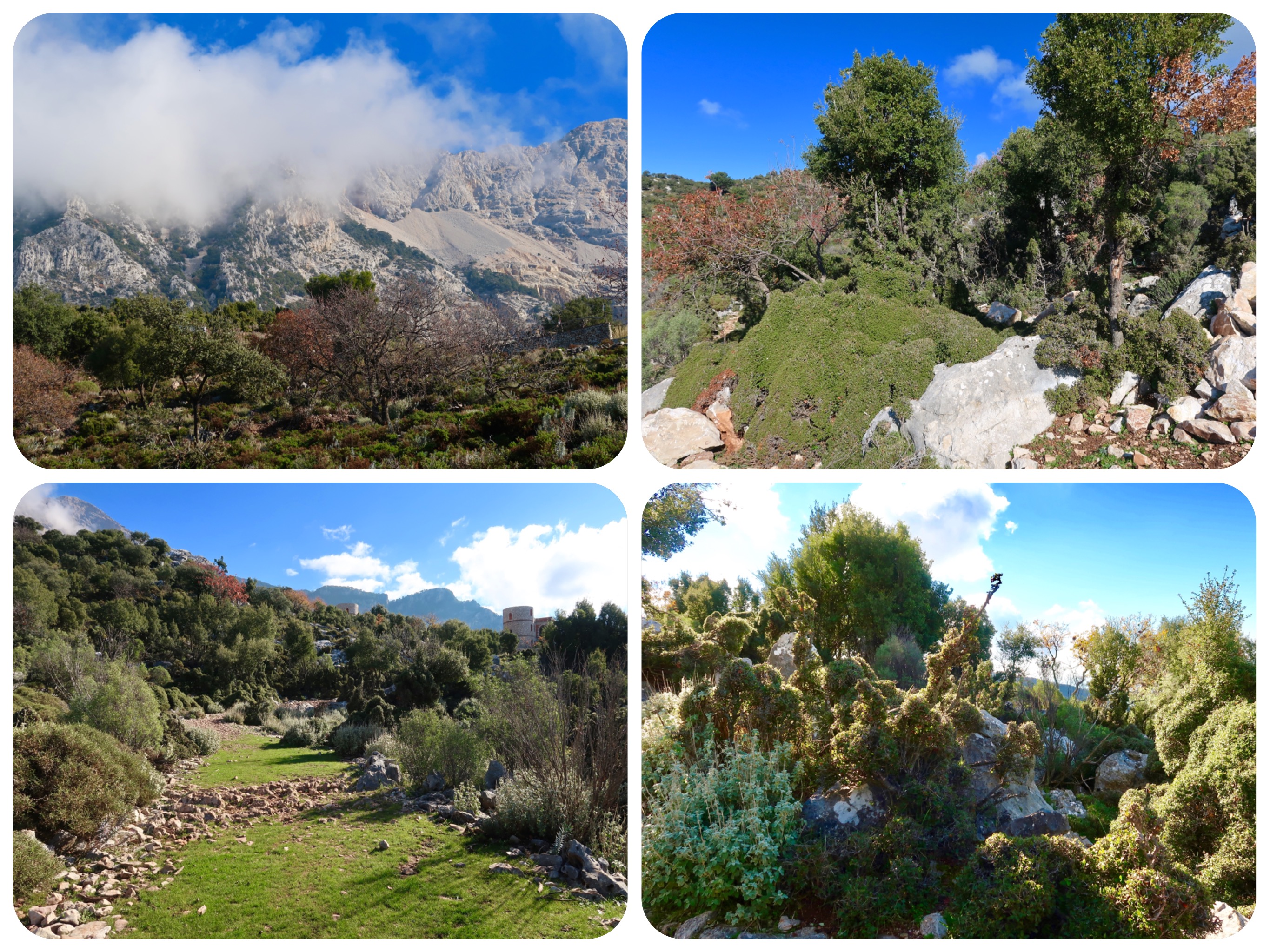
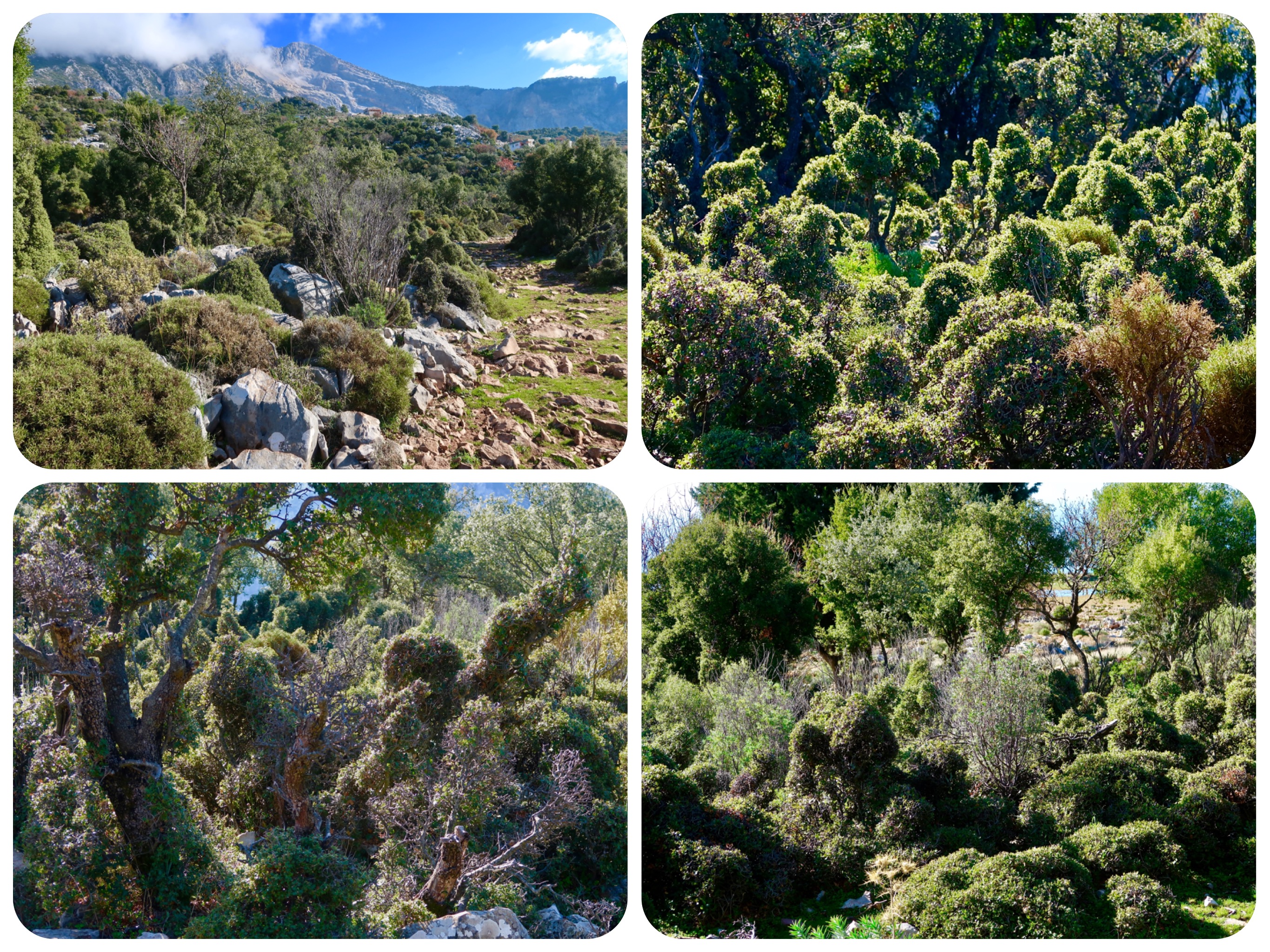
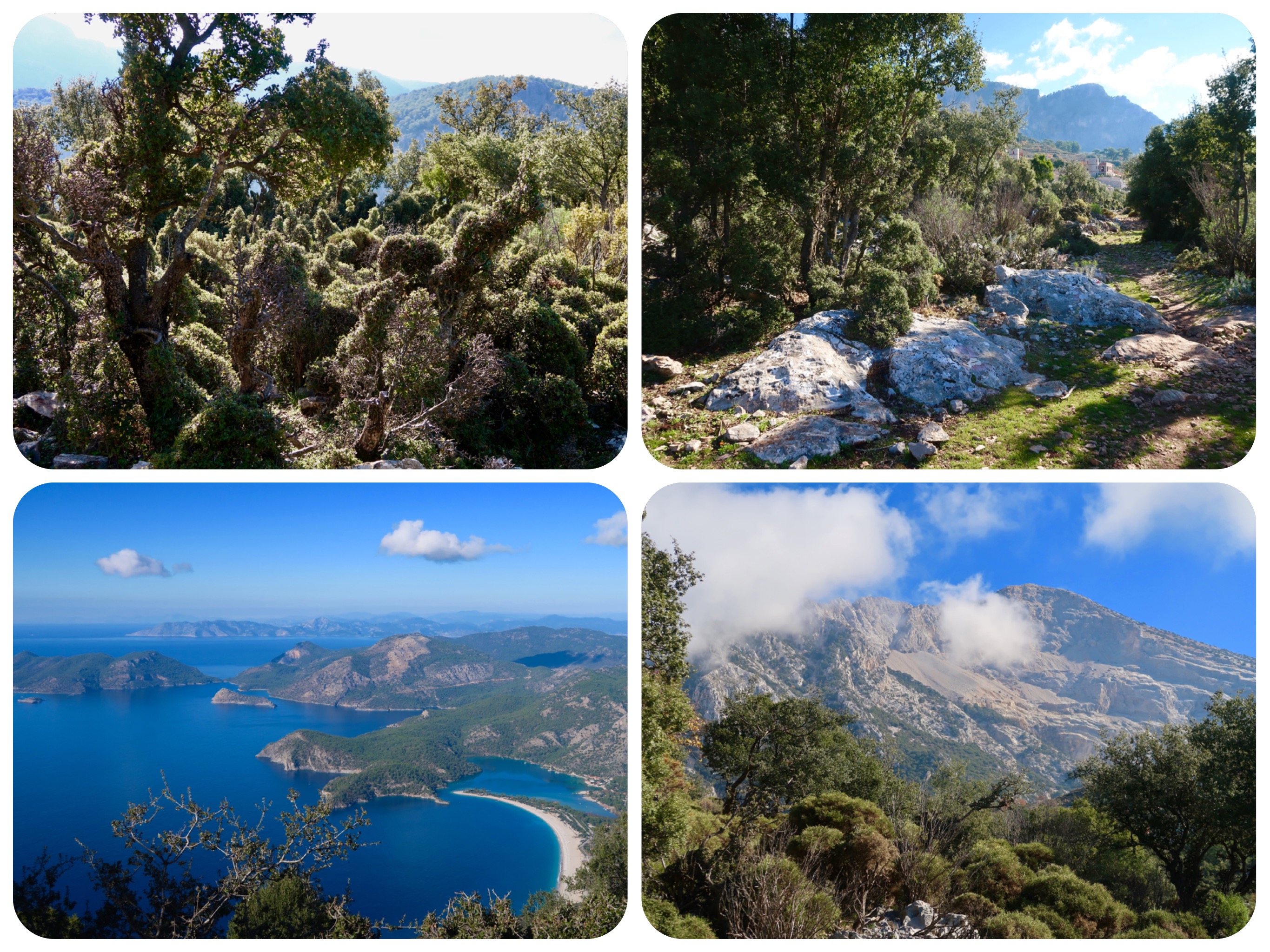
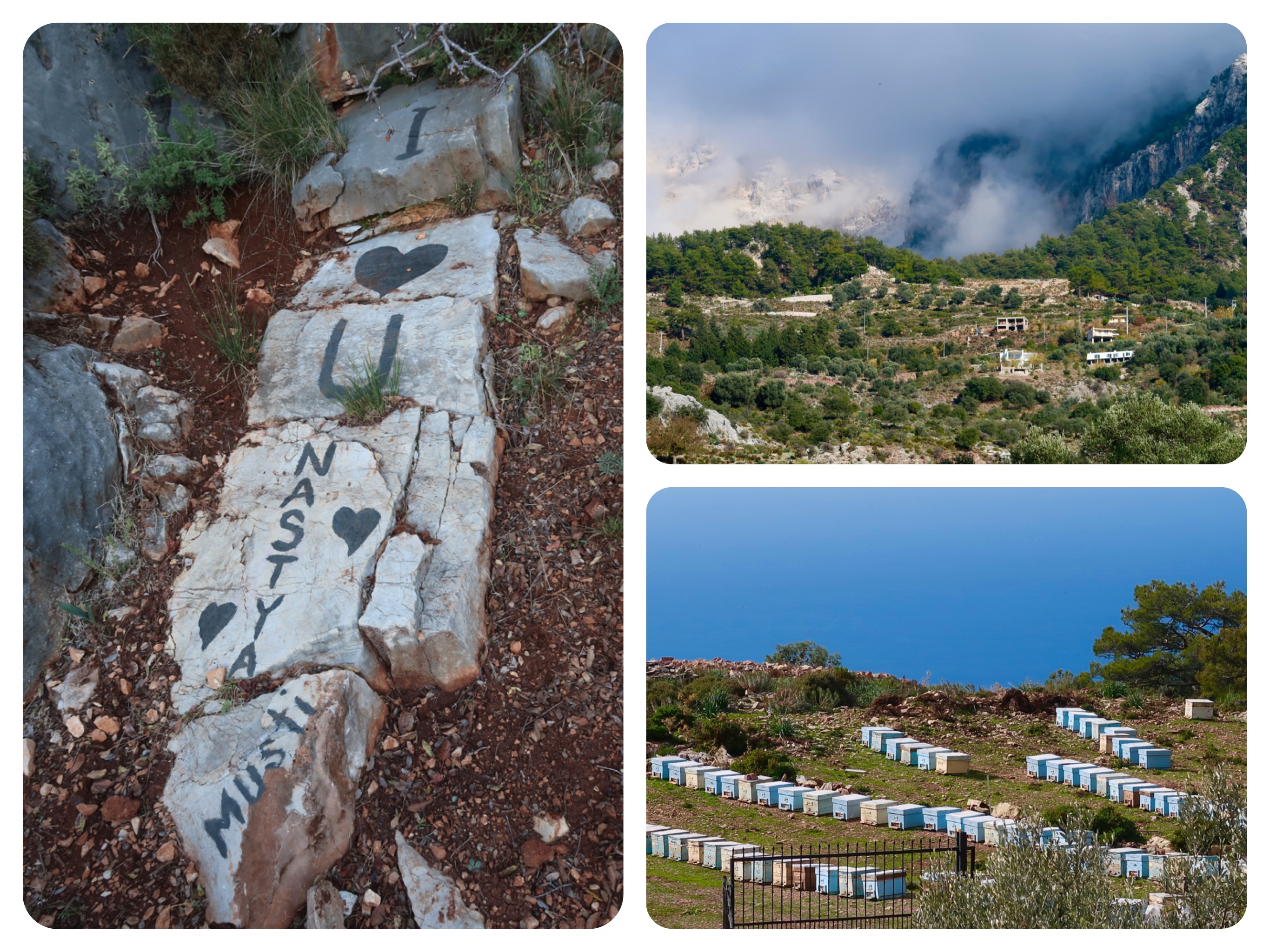

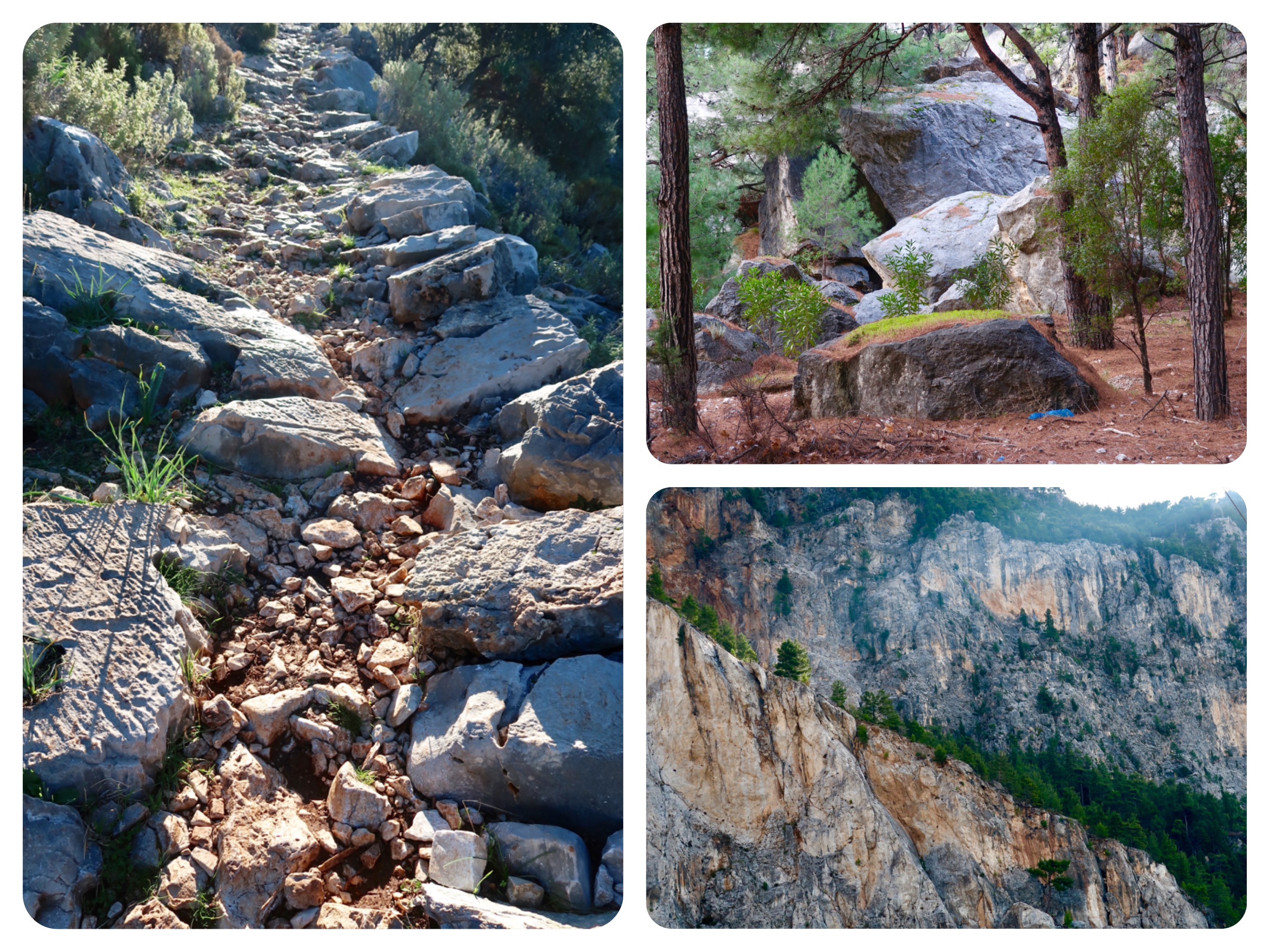
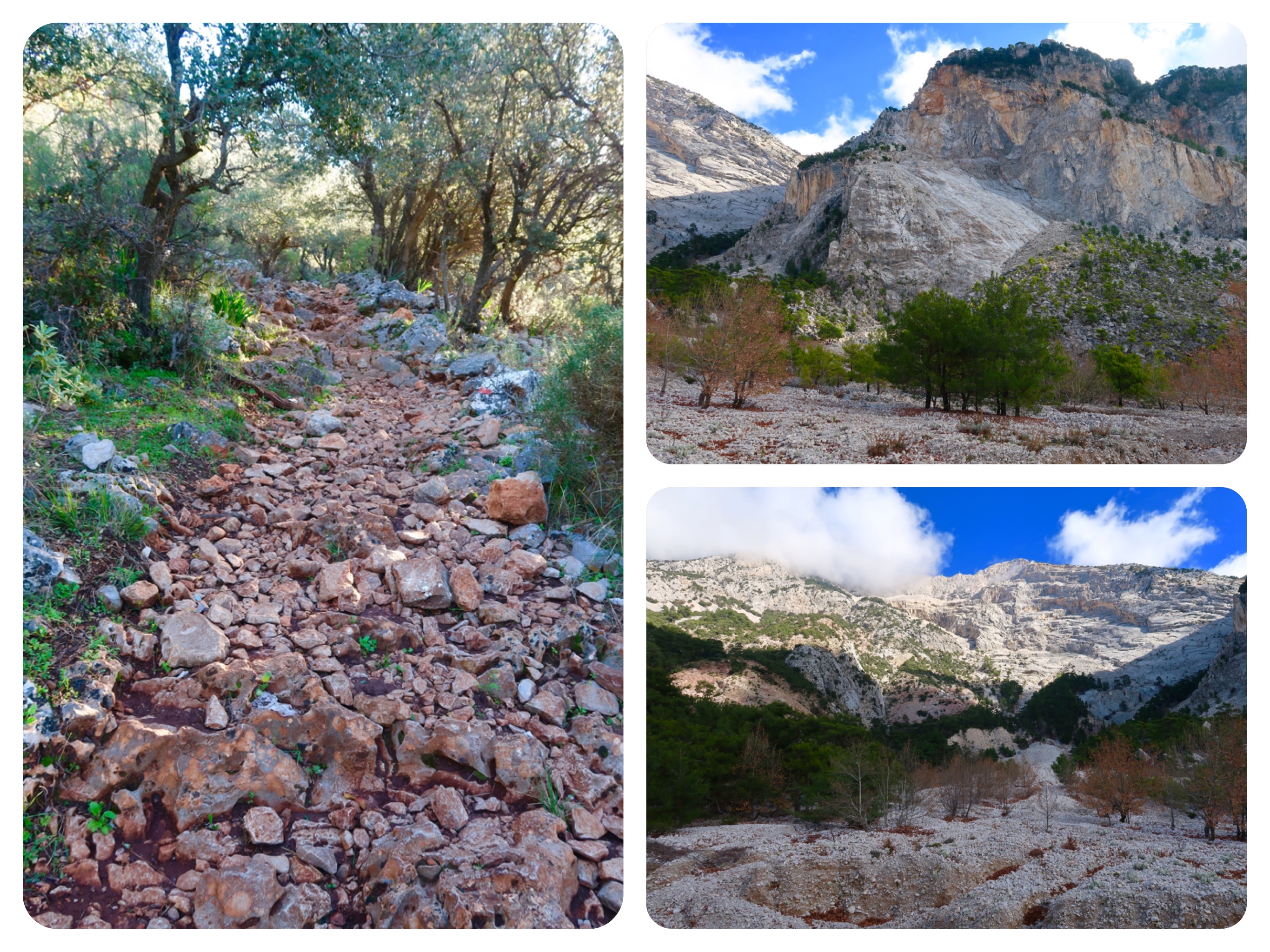
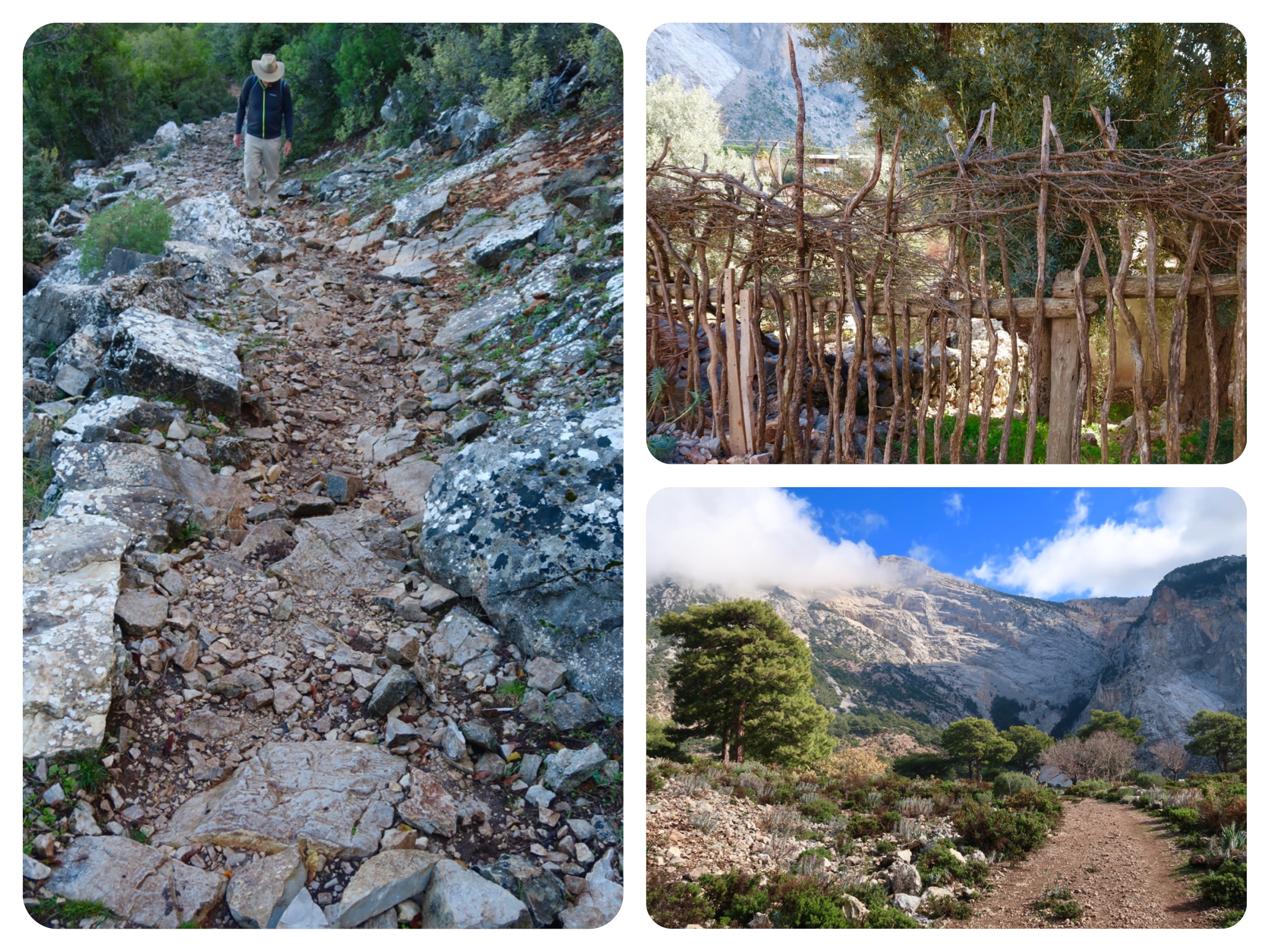
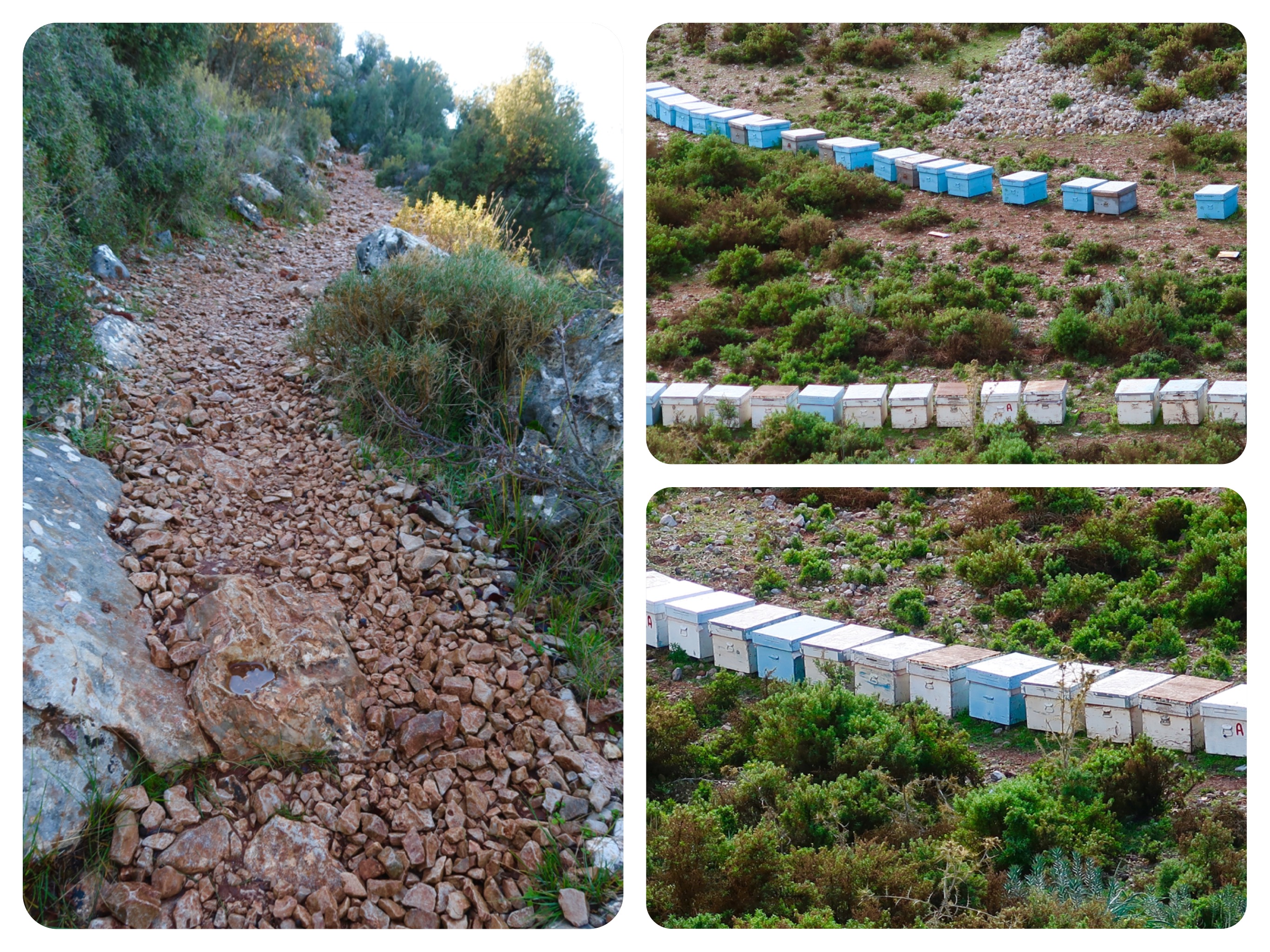
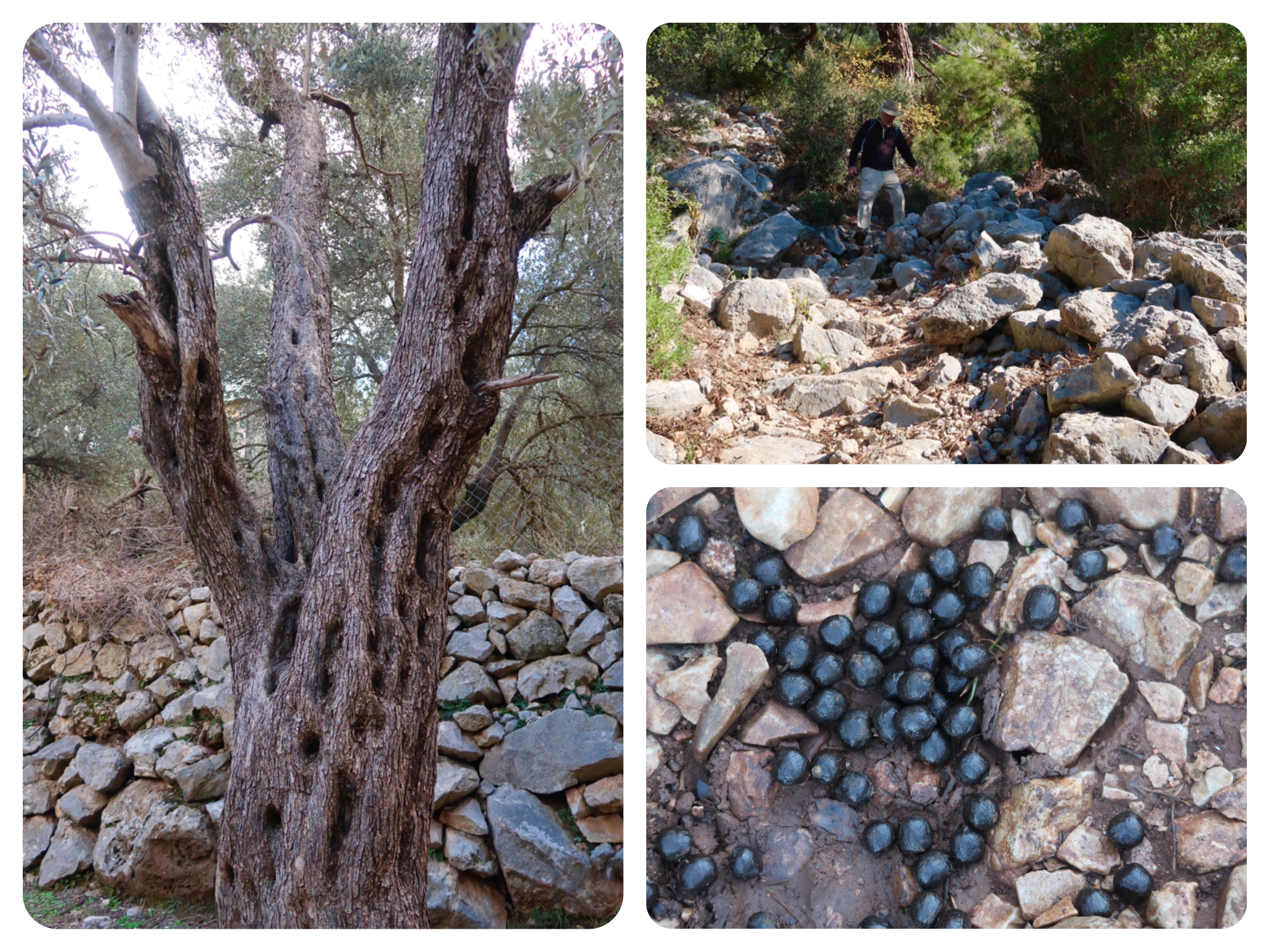


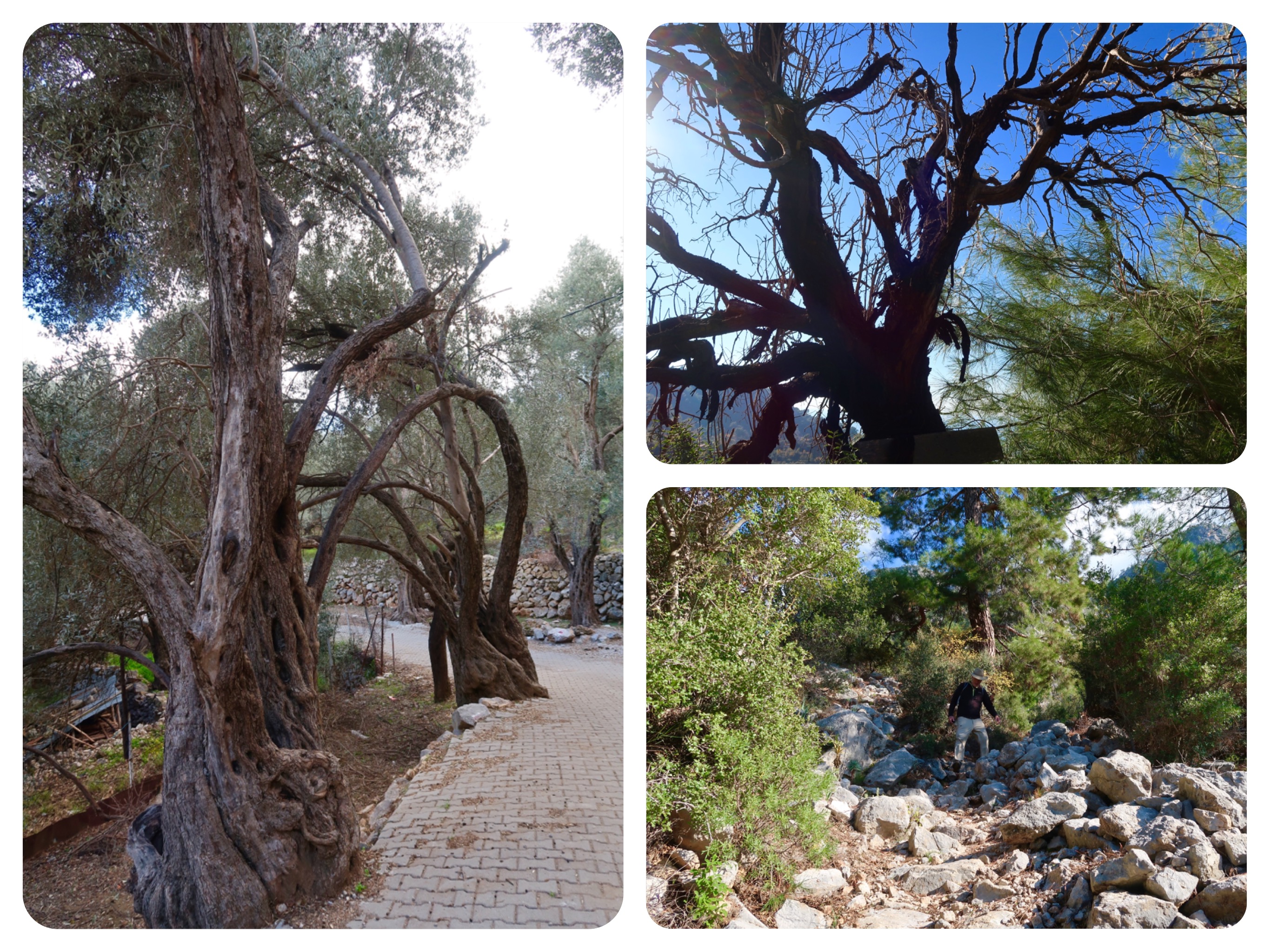
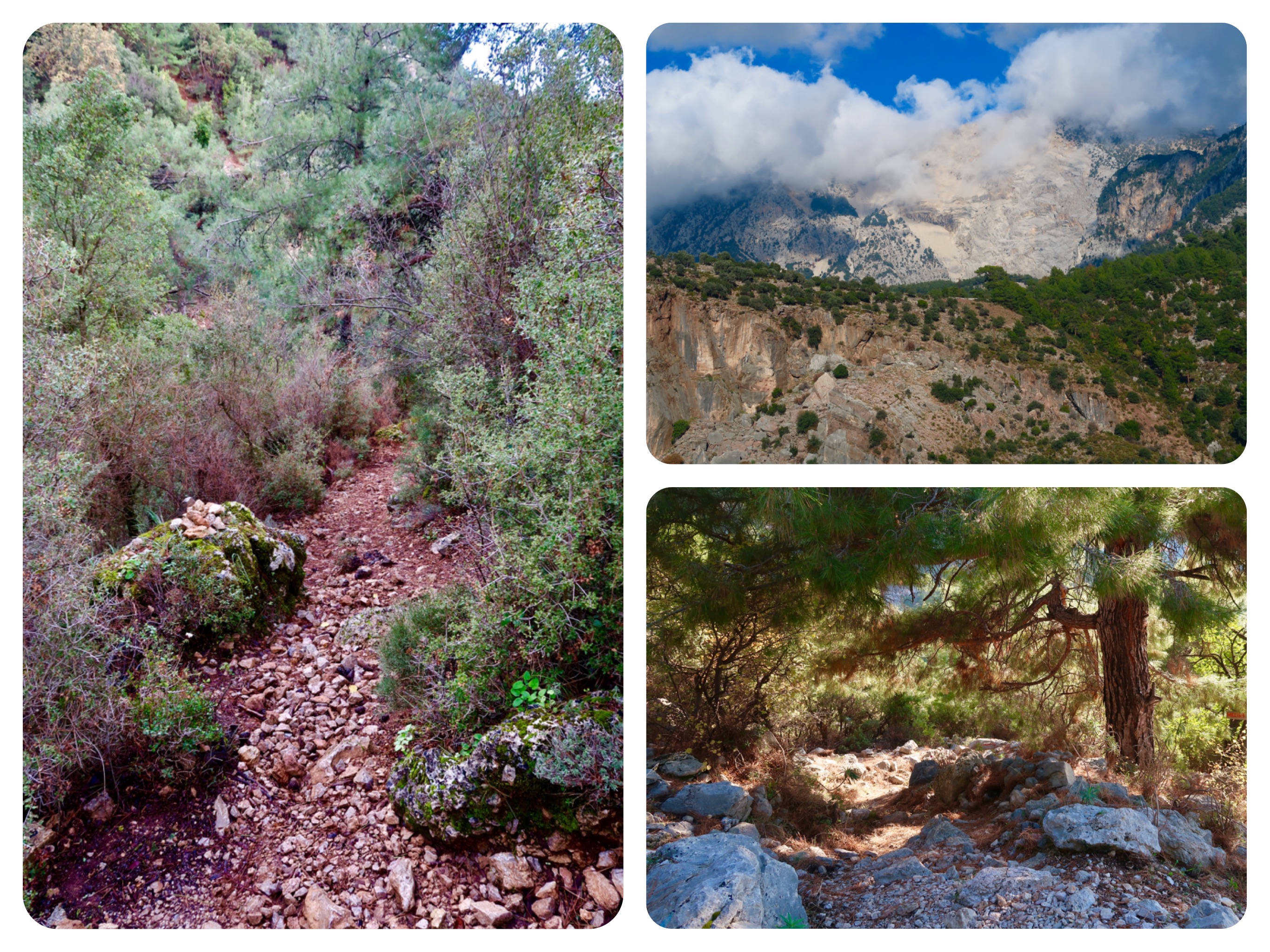
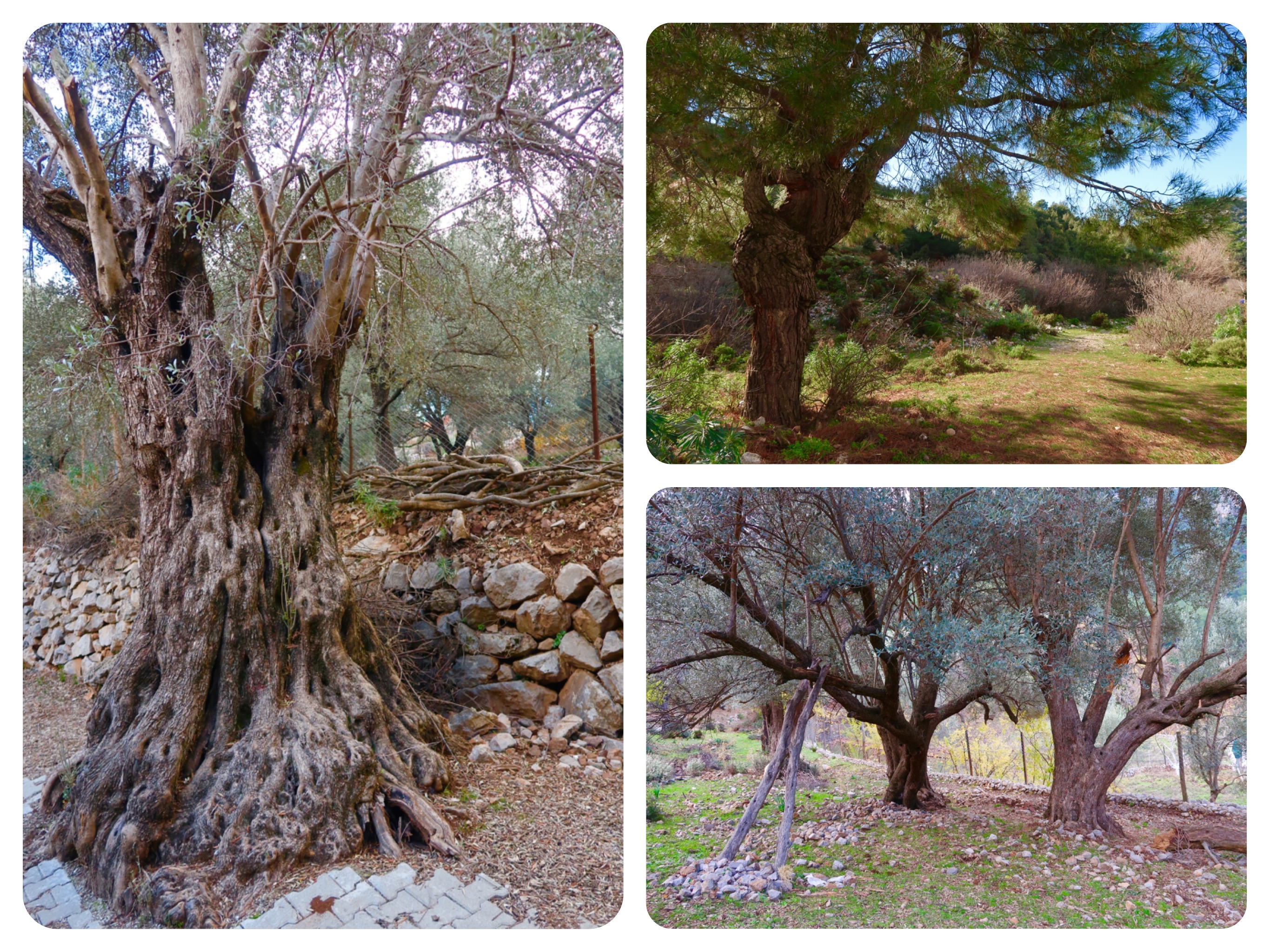
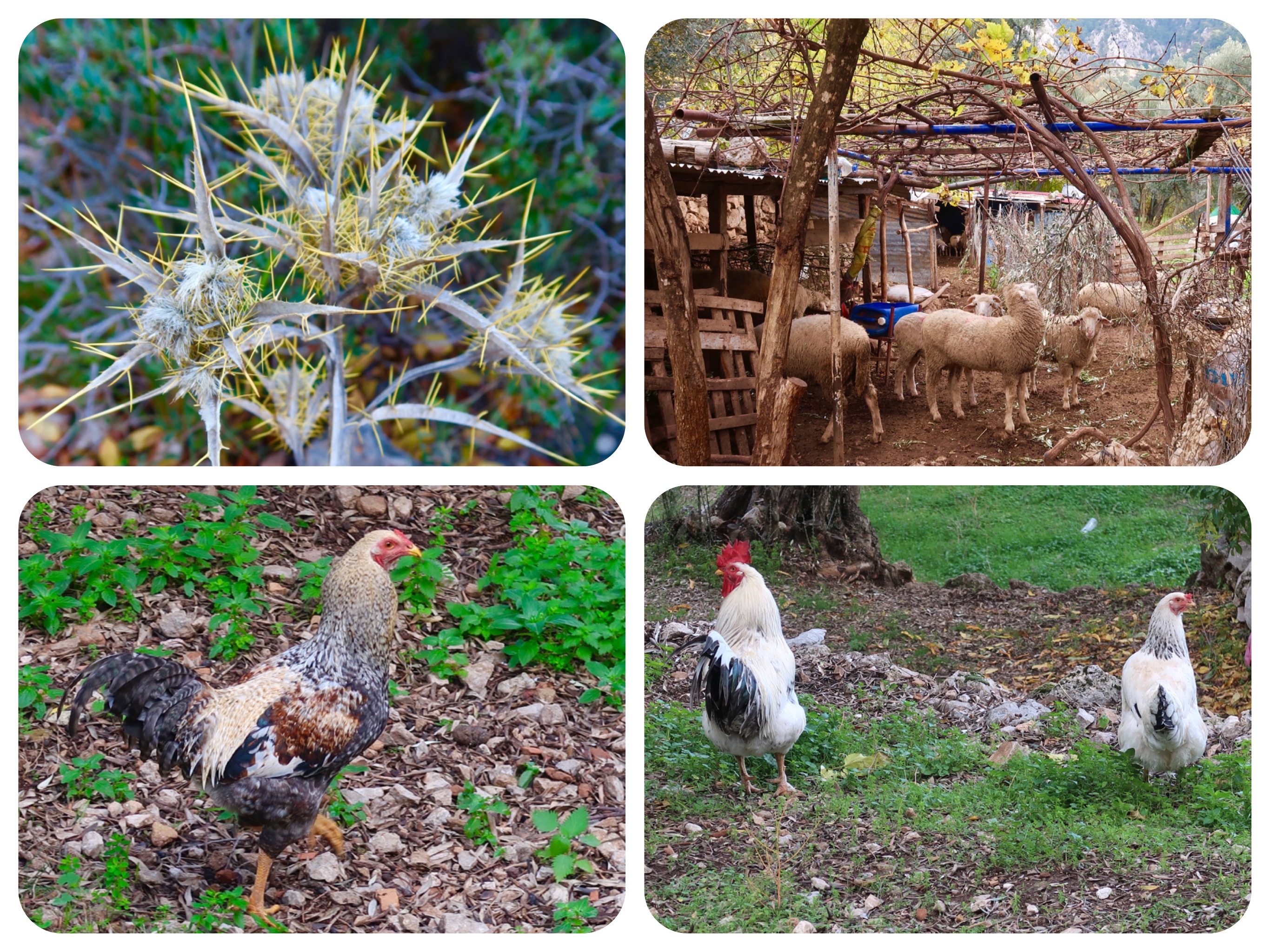
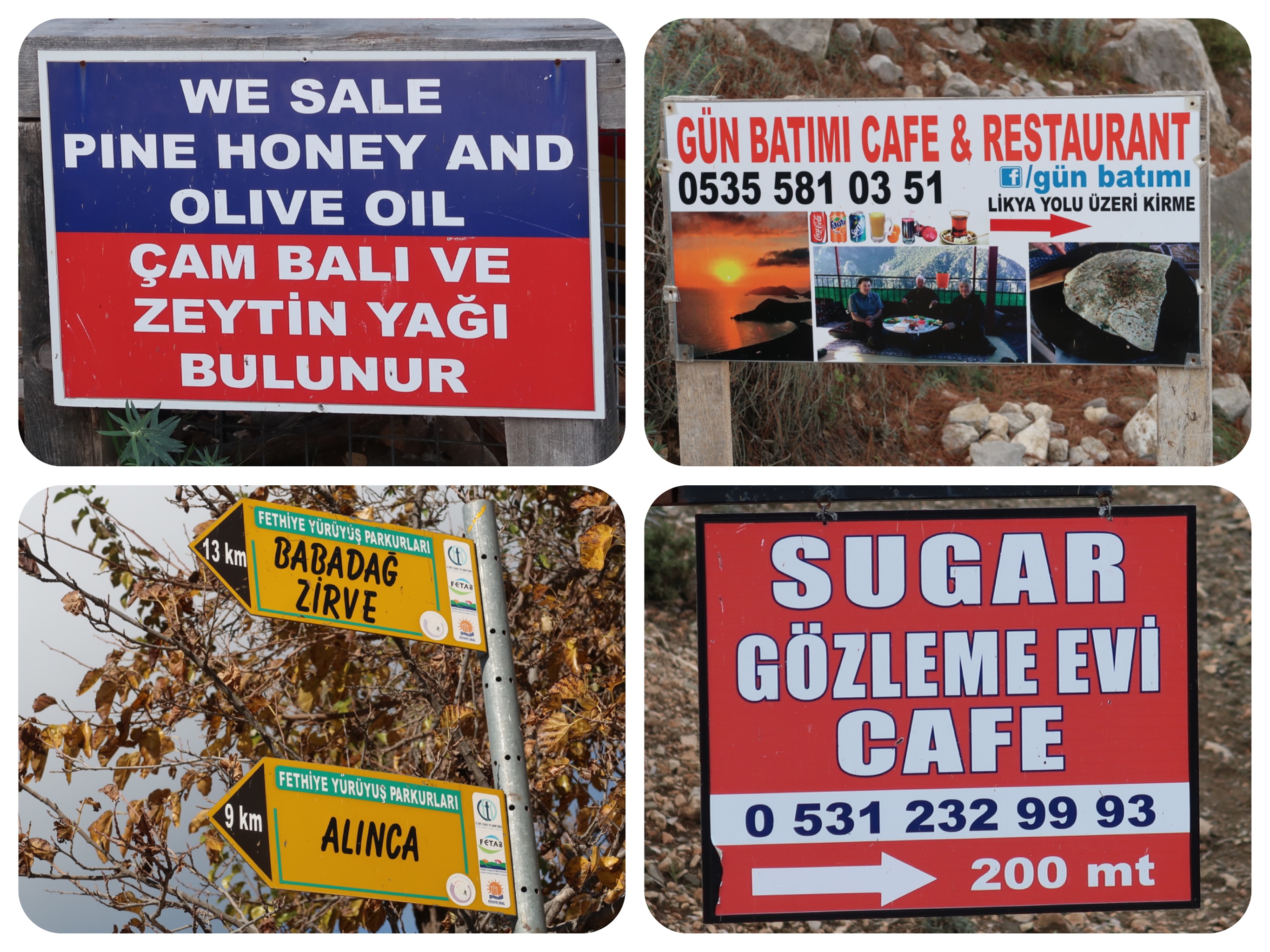
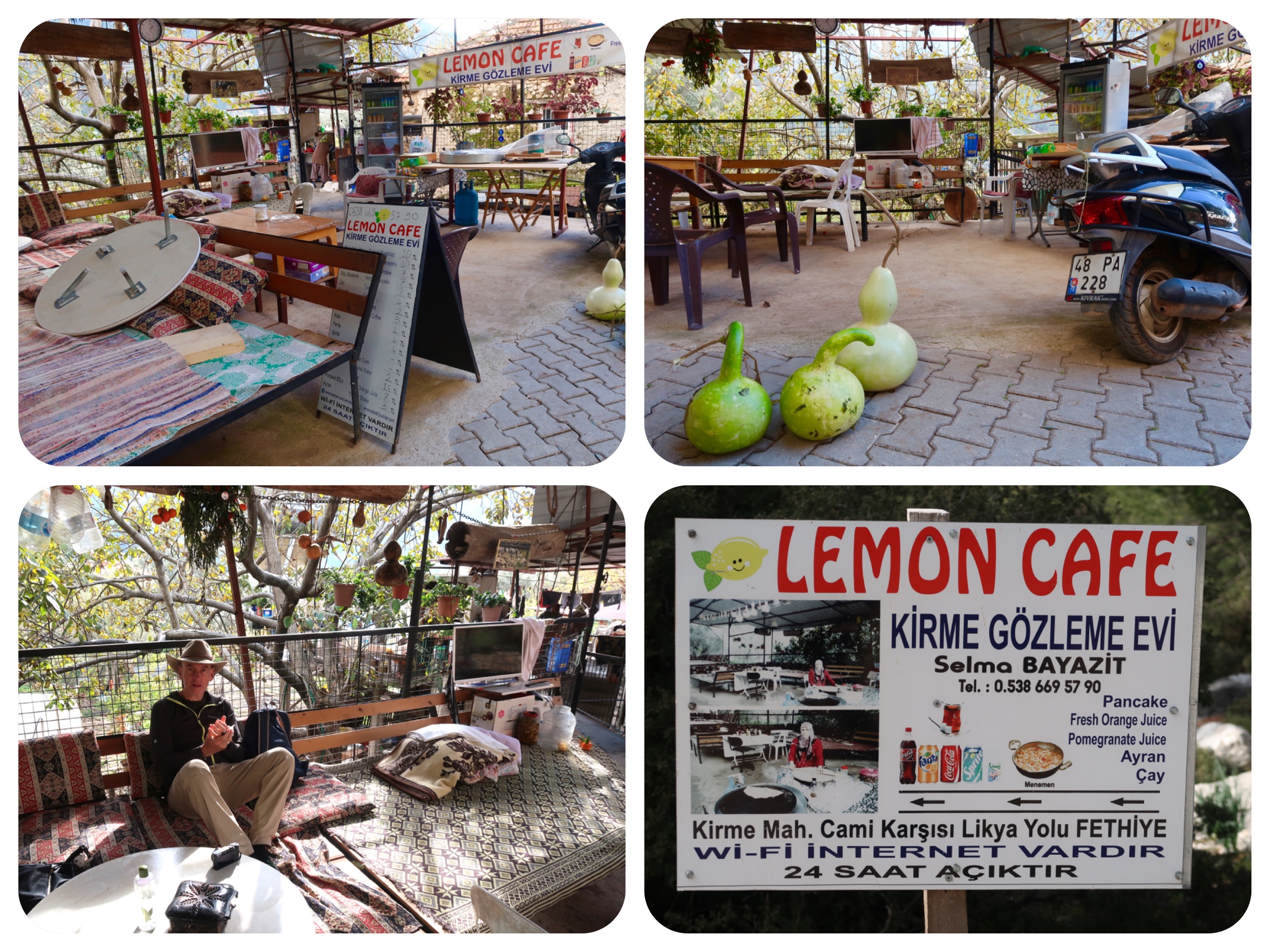
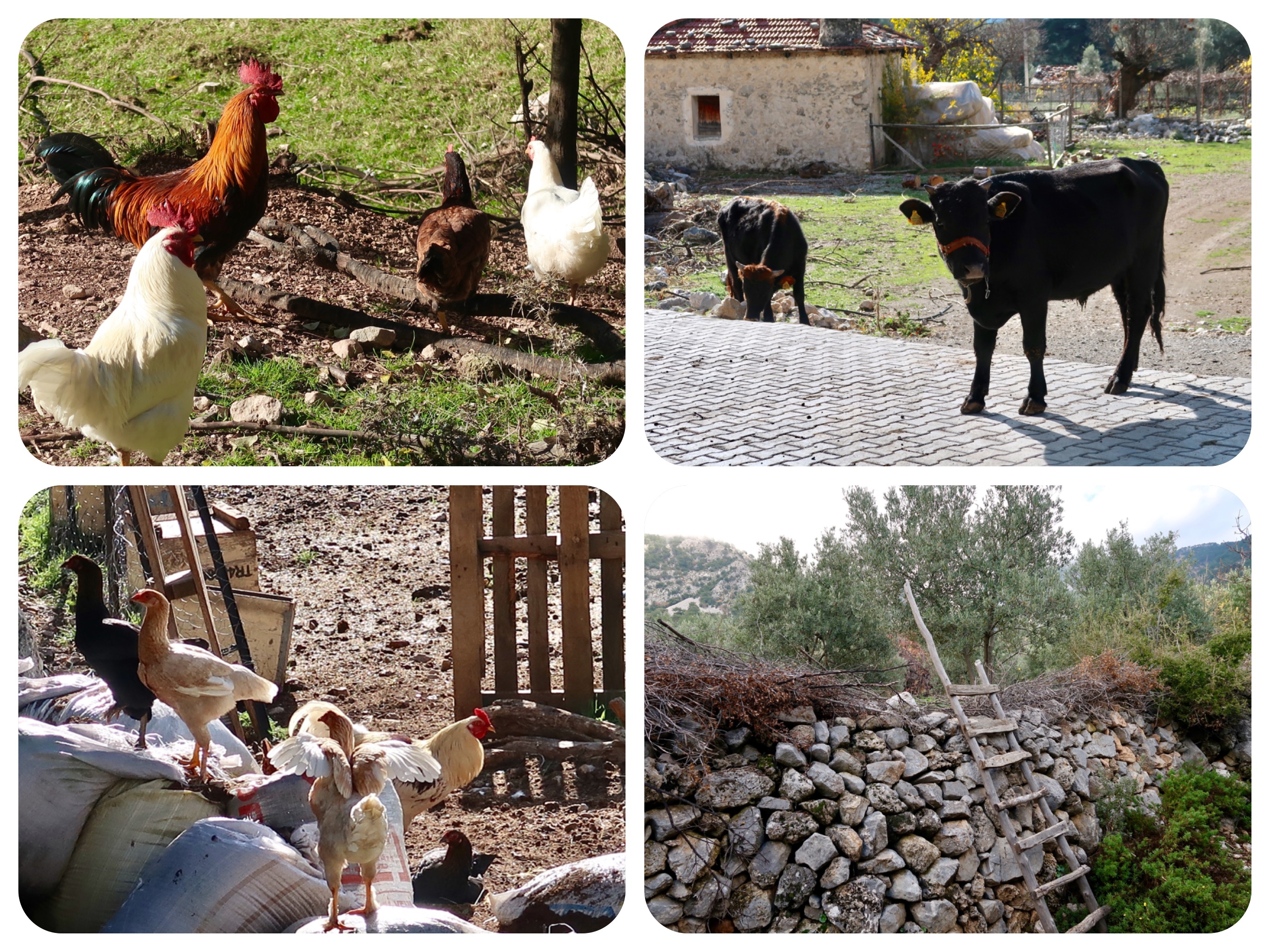
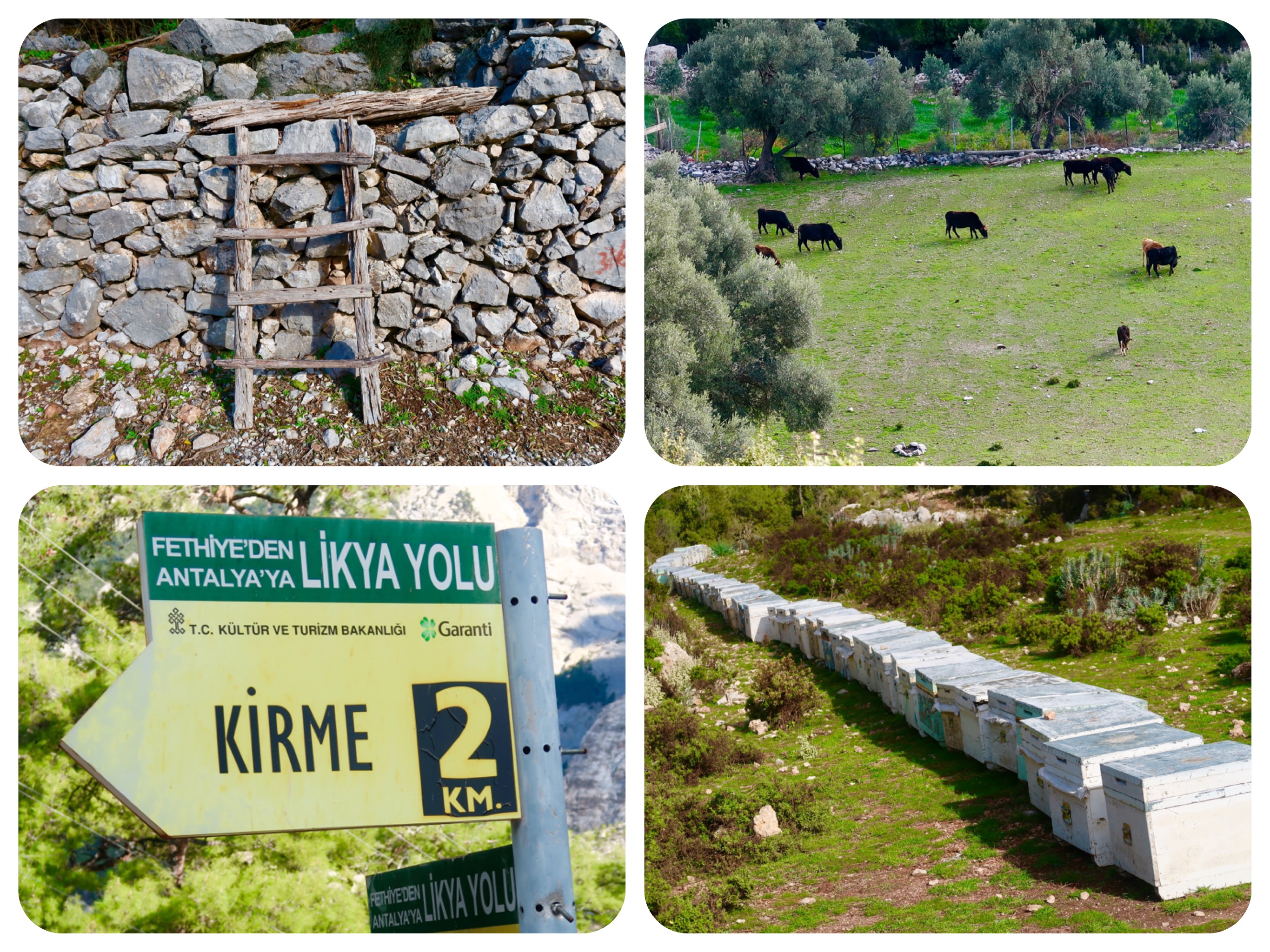
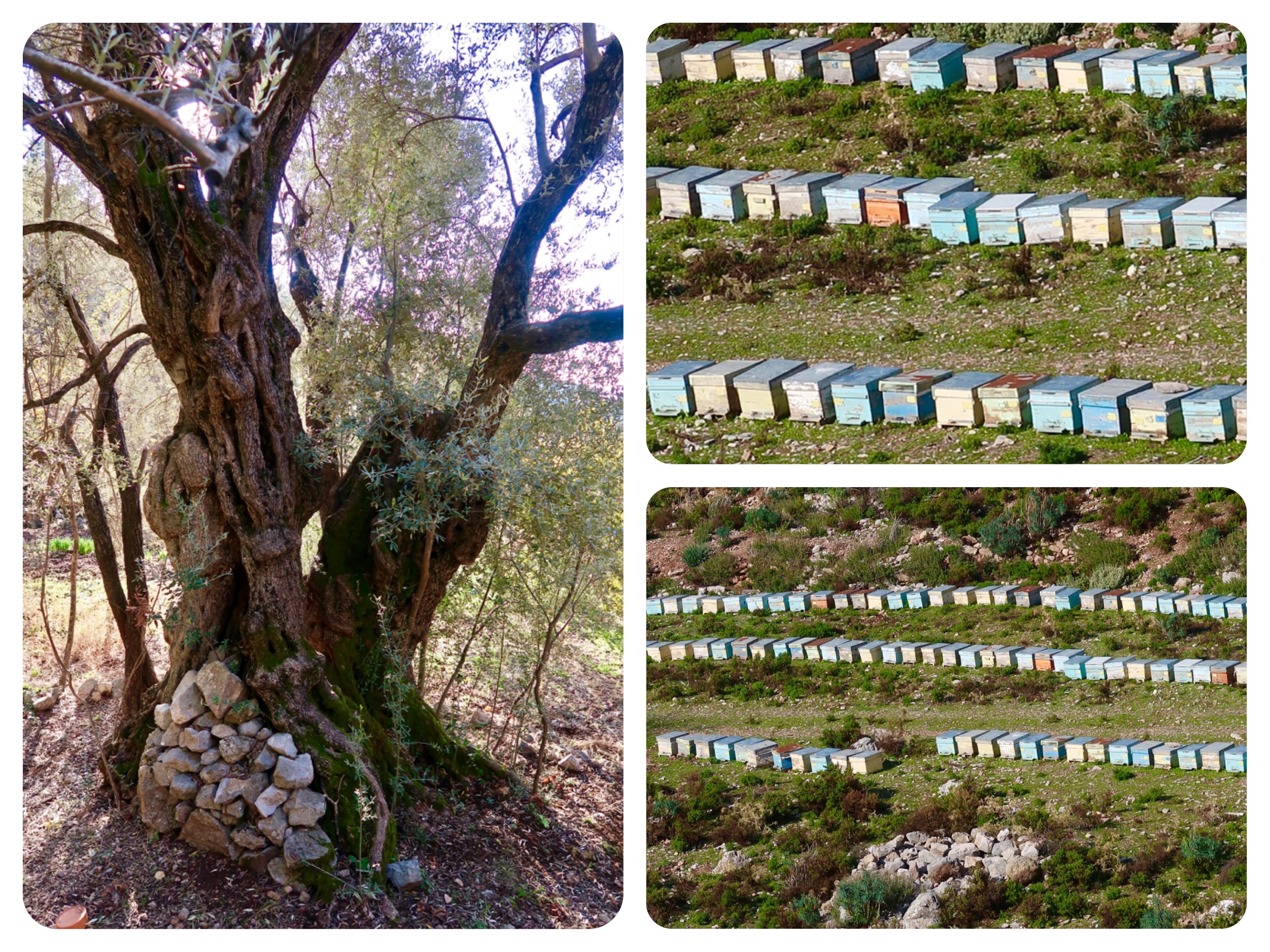
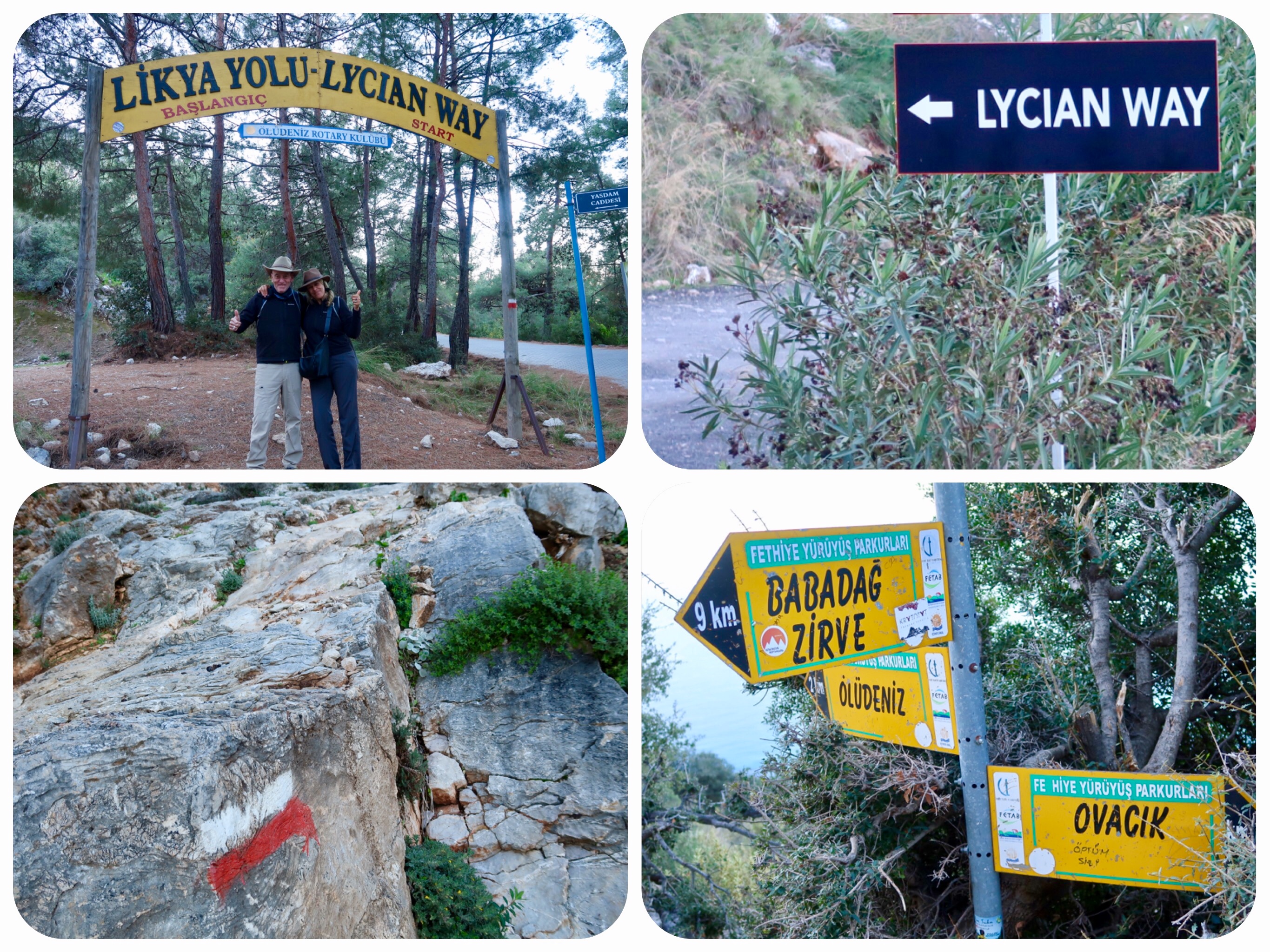
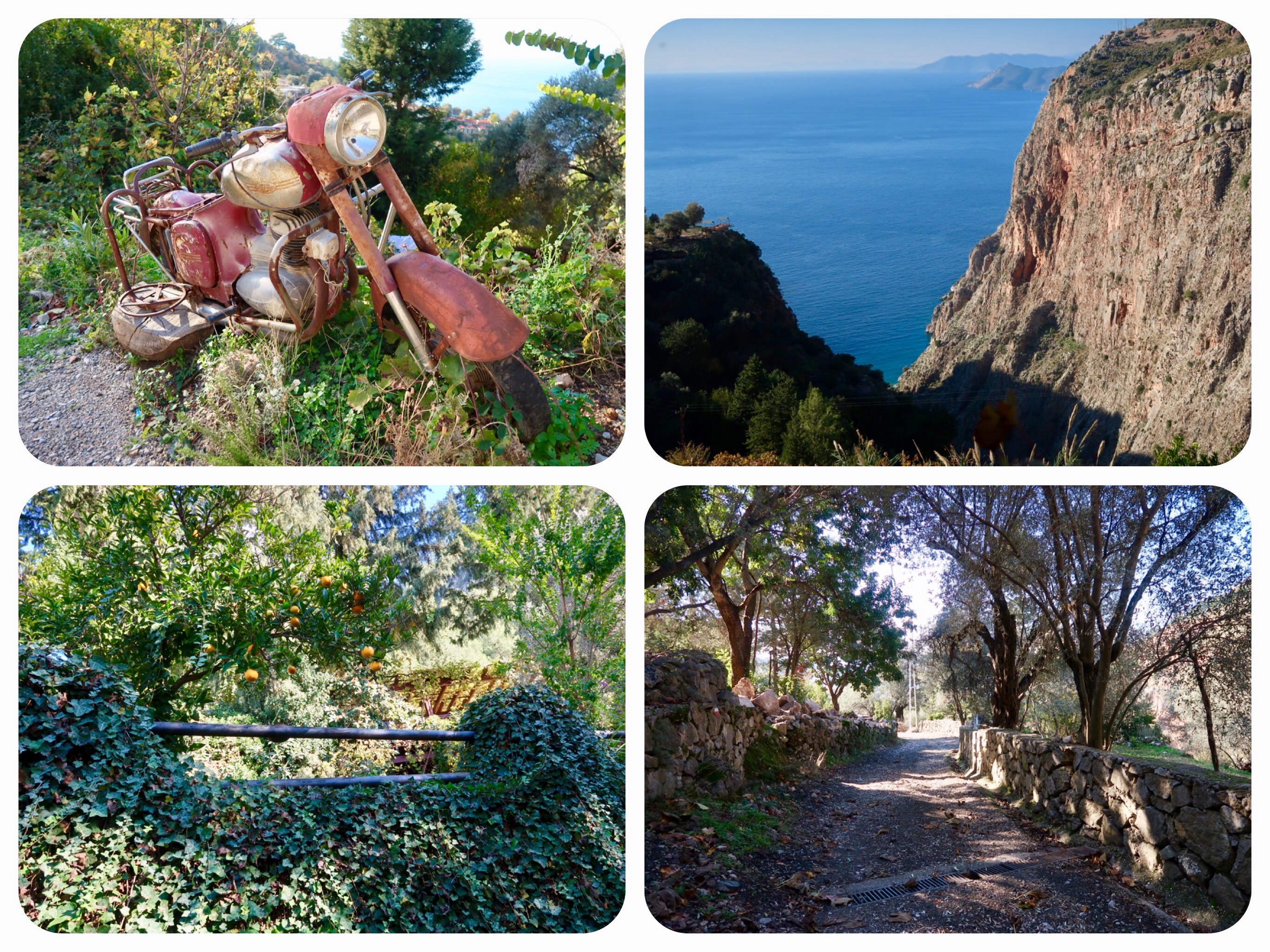
Hiking the Lycian Way, Turkey - Day 3 - Ölüdeniz Ovacık to Faralya
Ovacık is located just north of the beach, in greater Ölüdeniz village.
The official Lycian way starts here.
We took our picture under the wooden gate and walked down the new stone road towards the beginning of the trail.
At the end of the road, we came upon a couple who had driven there to have a picnic.
They brought everything with them, including a table and chairs, a fully hot cooked meal and drinks.
They invited us to join them, but we had just had our own breakfast and had a long day of hiking ahead of us.
We thanked them and started climbing up the very rocky and steep foot path.
The sun was shining and the sea views were amazing.
The more we gained elevation, the better we could see our surroundings.
We could see Baba Dağ, the Father Mountain whose western slopes we were climbing, as well as islands in the sea and the mountains beyond them.
We saw a few goats clambering on the rocks.
The western slopes of Mount Baba Dağ were very steep.
Our path was slippery at times, and we had to carefully place each foot to ensure good balance.
The flat stones looked so good that I was tempted to step on them, but they were slippery like butter and after my first gentle fall, I avoided those steps.
At the Dalaman airport where we landed, I saw a couple of Norwegians.
They looked like they had come to hike.
They were wearing serious hiking shoes with stiff soles.
The shoes were firm and high, assuring protection from twisting an ankle.
I looked at our own ‘light trekker’ shoes, thinking to myself that maybe we were not well equipped to do this extremely rocky and steep trail....
But as we hiked today on the sharp stones, I remembered why I chose to switch from hiking with full hiking boots, to the light trekkers.
The hiking boots are heavy and rigid.
Yes, you do not feel the stones underfoot, but your feet are held flat all day.
With softer shoes, the soles of my feet get a good reflexology massage all day.
My toes are wiggling all day and my feet are much less sweaty and tired.
Another reason I prefer light trekking shoes, is that today was another day of constant climbing and descending on stones that resembled uneven stairs.
It is harder to climb stairs all day with heavy boots.
The last time I wore heavy hiking shoes, my legs were shaking and my muscles were spasming at the end of the day’s hike.
Now, of course I feel tired by the end of the day, just from being on my feet and hiking for eight hours, but I have no leg pains and no spasms.
Babadağ mountain looked tall, with rocky slopes, sheer cliff walls and clouds surrounding its summit.
Babadağ rises out of the Fethiye plains, forming gorges, headlands, coves and beaches, stretching for over 60 km.
I quietly asked his permission to hike its slopes.
We climbed up on the rocky steep path, walking away from the crescent bay of Ölüdeniz and into the curves of the mountain.
Our path was peppered with fresh goats’ droppings.
It was useless to try to avoid stepping on them, they were everywhere.
We walked slowly and carefully, enjoying the vistas below us, the forests, and the path itself.
It was great fun.
I told myself not to worry about tomorrow (the weather forecast calls for rain), that maybe the rain will hold off until the end of the day...
I reminded myself to take it one day at a time.
Today was a beautiful sunny day, so let us be grateful and enjoy it.
We sat on the rocks in a scenic spot to have our lunch.
We were told that there was no place to eat along the way today, as even the little cafes in the villages are not open in December.
I had packed us egg sandwiches with fresh parsley and olives.
Lunch was very delicious.
I also packed some nuts and dried mulberries and dried apples, just in case we would be very hungry, but we did not eat them.
The trail was well marked with red and white stripes on rocks and boulders.
We did not see any other hikers along the trail today.
We had climbed to an elevation of 880 meters above sea level, when the path flattened out at the edge of a small village called Kozagac Mah.
It seemed almost impossible that a stone village would be here, but there is a back road that can be used by cars.
We even saw what looks to be a hotel, being built.
One of the beautiful things I noticed on this part of the trail, is that the goats have been munching all the young leaves of the plants, creating a vast garden that looks like topiary.
The plants looked like they have been trimmed by Japanese gardeners into fine shapes. I called it the “Goats’ Topiary.”
We spotted a sign for a small cafe, but as we walked the circular path around the village, we saw that the cafe was closed.
It seemed like it was only open for the high season in the summer months.
We continued on to the village of Kirmė.
There were many small signs along the way, advertising cafes and tea gardens in Kiremė.
All of them seemed closed, beside one which had some old ladies talking by the outdoor kitchen.
I asked if we could have tea and they motioned for us to sit down.
We took off our shoes and settled around the low round table.
I took some wet wipes from the corner of the cafe and cleaned our table well.
The old ladies were heavy set and walking with canes, so they did not have the energy to keep the cafe clean in the off season.
They had bunches of oranges hanging from the ceiling and large gourds decorating the entrance.
The ladies had cows and newly born calves, as well as chickens.
Every house in the village kept animals.
Some had sheep, some had goats or cows, and all kept chickens.
The locals harvest olives and keep many bees.
The whole landscape was filled with wooden crates for bees.
We asked for some “Bal,” which is honey in Turkish, to put in our tea.
We wanted to try the local honey.
I also asked for Ayran.
Ayran is a cold savory yogurt drink that is mixed with salt.
It is popular in Turkey, and also in Iran, Iraq, Armenia, Azerbaijan, Kazakhstan, Tajikistan, Kyrgyzstan, North Caucasus, the Balkans, Afghanistan and the Middle East, particularly in Lebanon and Syria.
It was cool and very refreshing.
From Kirmė village, we walked along the stone walls into the mountain range. The path became rocky again and descended steeply.
Around us were sloping terraced fields, edged with fig trees, pomegranate trees, apples, almond, orange trees and lemons.
We headed down a deep valley by the side of a dry stream to Faralya village.
Faralya Village lies at the top of the deep valley known as Butterfly Valley, and the views down to the beach are great.
Our guesthouse is small and run by a husband and wife.
The room that we got has views of the valley, which looked particularly lovely at sunset.
The deep indigo sea and the steep slopes of Babadag, looked amazing from the village road.
There seems to be a choice of good guesthouses and hotels in the small village of Faralya.
Some look very beautiful, with vast, well kept gardens, but we were happy with our small guesthouse and our very clean room, and we enjoyed a lovely home cooked dinner in their restaurant.
Again, we are the only guests in this guesthouse and we did not see any other travelers nor hikers today.
The son of the owners told us that during the high season (March - May and September - November), they do get lots and lots of people hiking the Lycian Way, people from all over the world.
Something important about Hiking the Lycian Way, just in case you do plan to walk it.
Do get the Lycian Way app for your phone.
It is very helpful.
But what I found even more important was downloading the “Pocket Earth” app.
It has the whole Lycian route as well as other walking routes in the area, just in case you get lost.
The GPS was very helpful for me to get us on the right path, when we could not find the red and white trail markings.
From Turkey, sending you love and Güle Güle (see you soon in Turkish),
Tali
Today’s Stats:
Walking time 6 hours 9:30 - 3:30
Active walking time 5 hours
Steps 25,115
Kilometers walked 18.5
Highest altitude climbed 880 meters
Overnight in Faralya
Faralya Misafir Evi guesthouse (dinner and breakfast included)